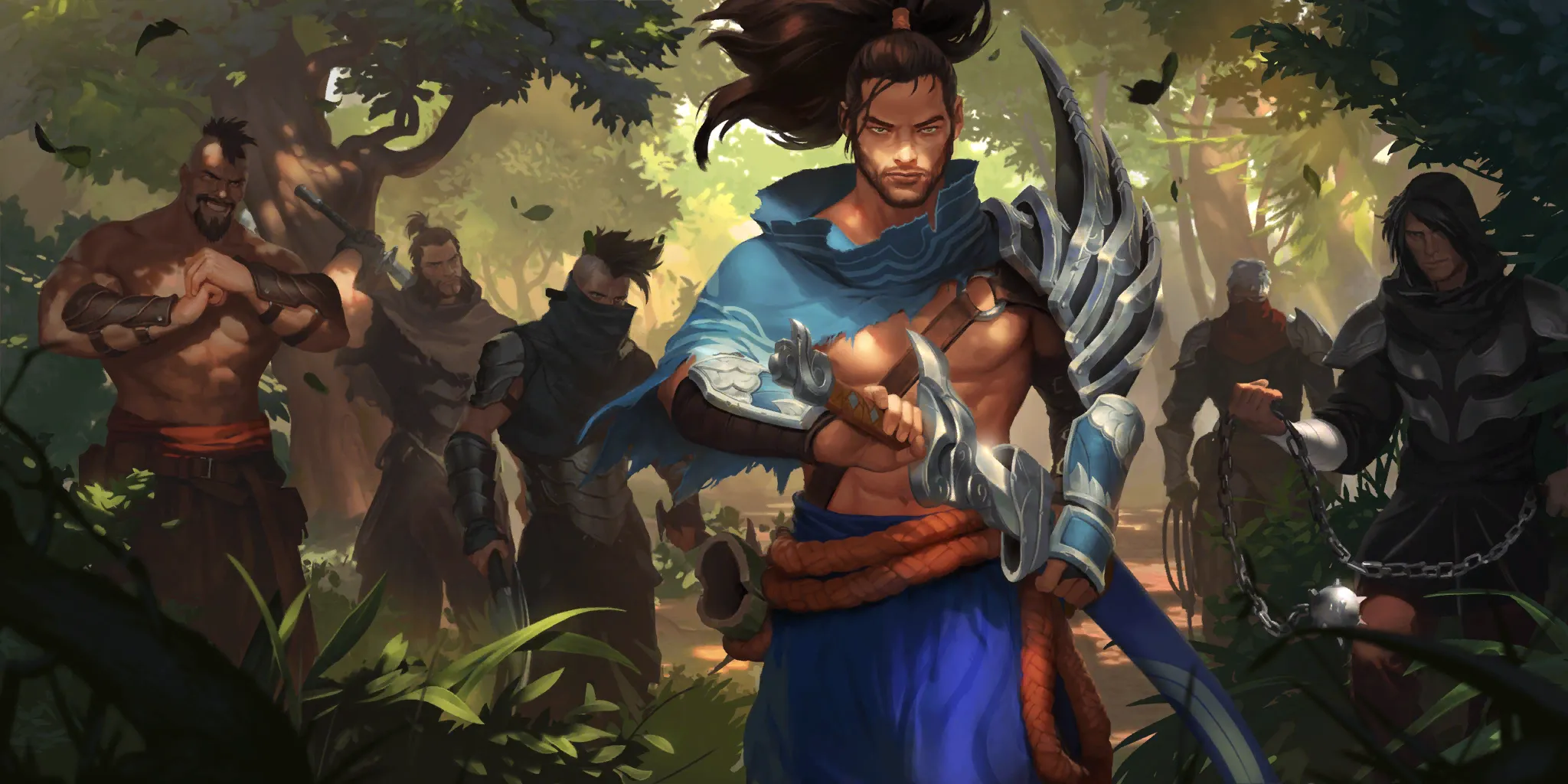Hey guys, Jasensational here. I have a question for you.
Do you think the Stun keyword is an offensive or defensive Keyword? I asked my followers on Twitter the same question, and here was what their responses were:
I think Stun is mostly a _____ keyword
— Jasensation (@Jasensational) August 1, 2022
Whether you chose offensive or defensive, you are right for different reasons. Some stun cards like Steel Tempest can only be used defensively, and some decks like Annie
can only be used defensively, and some decks like Annie Jhin
Jhin primarily use their Stuns super aggressively.
primarily use their Stuns super aggressively.
However, I do think that most of the time, Stuns are seen as a defensive mechanic. Many times, players will hold onto them waiting patiently for a round to punish a development. So, I want to use this article to challenge you to think about how and when you can utilize Stun as offensively as you can defensively. Let’s jump into it.
What Does a Stun Do?
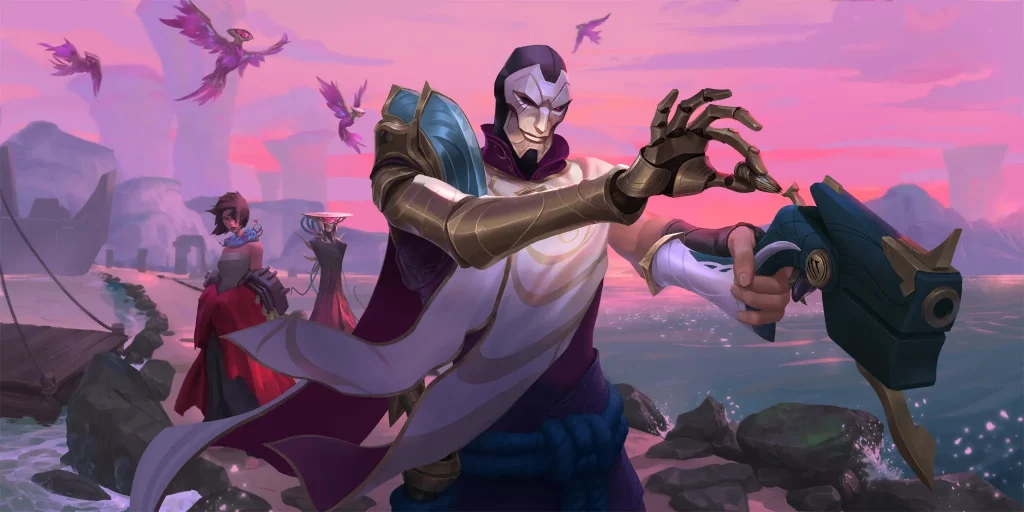
So what happens when a unit gets stunned? Other than Free Attack interactions (like for example Cataclysm ), or if dragged into combat by a Challenger attacker, a stunned unit cannot attack or block for the round. If a unit is stunned during combat, they are sent to the backline before they are able to strike.
), or if dragged into combat by a Challenger attacker, a stunned unit cannot attack or block for the round. If a unit is stunned during combat, they are sent to the backline before they are able to strike.


Since Fast Speed Stuns like Concussive Palm or Celestial Wonder
or Celestial Wonder generally use Stun to prevent a lot of damage, they are often associated as defensive tools. Units with Stun effects (like Arachnoid Sentry
generally use Stun to prevent a lot of damage, they are often associated as defensive tools. Units with Stun effects (like Arachnoid Sentry ) can also be great when our opponent develops during their attack round – by playing Sentry, we take out an attacker while also generating a body to block.
) can also be great when our opponent develops during their attack round – by playing Sentry, we take out an attacker while also generating a body to block.
Let’s conceptualize it in terms of Tempo. There have been a few articles on MasteringRuneterra that go in depth about Tempo, so I won’t go too deep into it, but I will define Tempo in a way that I think makes a lot of sense for this discussion.
“Tempo is the amount of stats and units that can attack versus the amount of stats and units that can block.”
A defensive Stun can be a meaningful way to reduce the amount of Tempo the opponent has for the round, making their attack worse. Maybe after you play an Arachnoid Sentry , you are able to stop the opponent’s attack, or make it awkward for them to attack. But unless you have a card like Ravenous Flock
, you are able to stop the opponent’s attack, or make it awkward for them to attack. But unless you have a card like Ravenous Flock to convert that stun into removal, this change in Tempo is only a temporary shift.
to convert that stun into removal, this change in Tempo is only a temporary shift.
That’s not to say that the Stun wasn’t meaningful, as it probably saved you a bit of health, but let’s think about what happens when we can meaningfully utilize Stuns offensively. The same thing that happens defensively is true offensively; we develop a unit while preventing one of our opponent’s units from blocking. However, we can utilize this unit as an attacker to convert that shift in Tempo into damage towards the enemy Nexus. This can become really potent if we are able to chain multiple stuns together, especially if our opponent cannot develop a very wide board. The more damage we deal to the opponent, the more they will be forced into playing proactively to prevent future damage.
This really comes down to: Does a stun save me more health when used defensively, or can I use it offensively to push my position? Or, do I need to save a Stun card for a future round, where my opponent plays Kai'Sa on round five with the attack token? Depending on your answer and the deck you are playing, the offensive stun can heavily outweigh the defensive one.
on round five with the attack token? Depending on your answer and the deck you are playing, the offensive stun can heavily outweigh the defensive one.
Let’s take a look at a deck that emphasizes this ability really well: Annie Jhin
Jhin
Annie Jhin: A Spectacularly Stunning Case Test
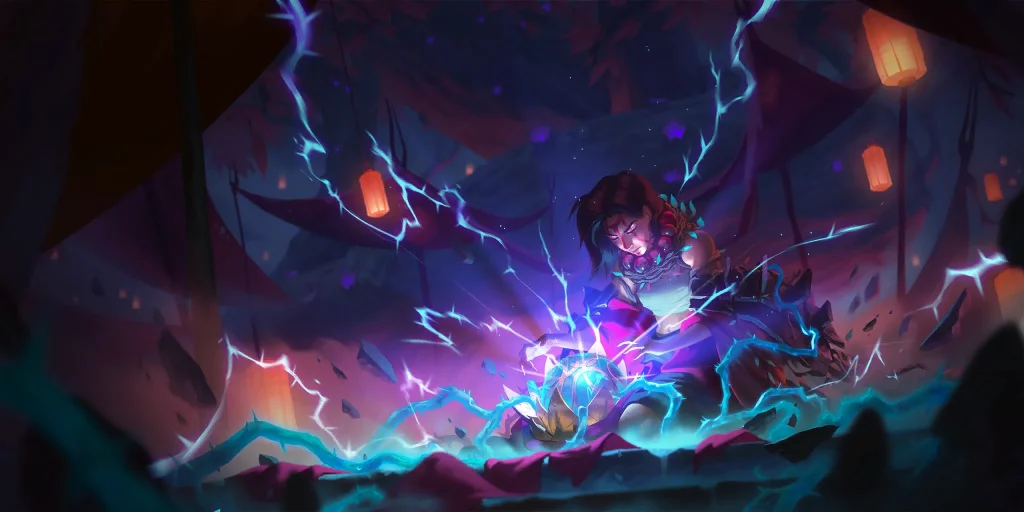
I think Annie Jhin
Jhin is the perfect example of how a deck can utilize Stuns aggressively. It has access to Jhin
is the perfect example of how a deck can utilize Stuns aggressively. It has access to Jhin , who can stun units when he is in play, and it plays cards like The Stagehand
, who can stun units when he is in play, and it plays cards like The Stagehand and Solari Sunhawk
and Solari Sunhawk to take out blockers. Even Tibbers
to take out blockers. Even Tibbers can provide its own value as a Stun combined with a potential board wipe.
can provide its own value as a Stun combined with a potential board wipe.

28 cards

12 cards
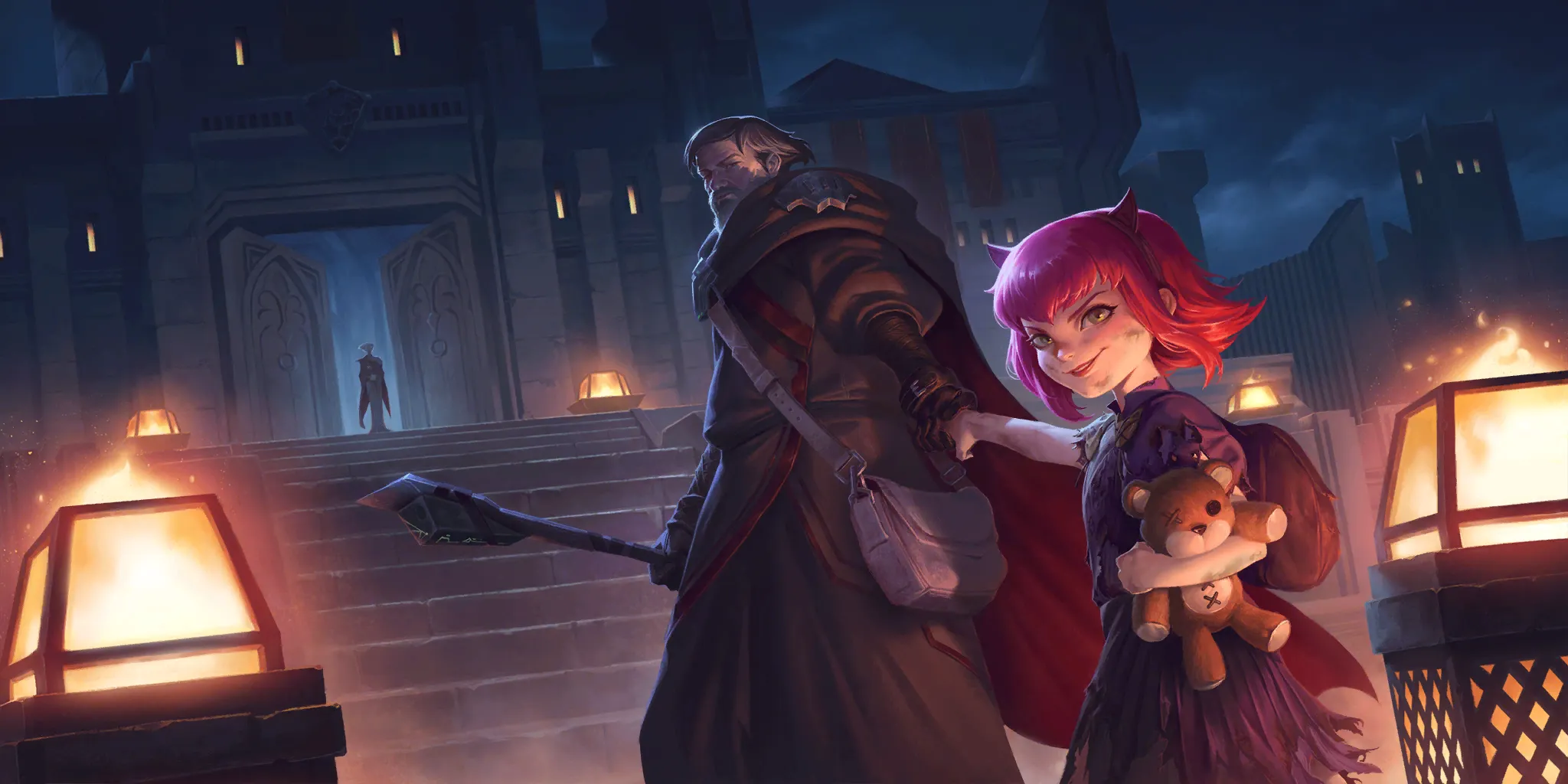
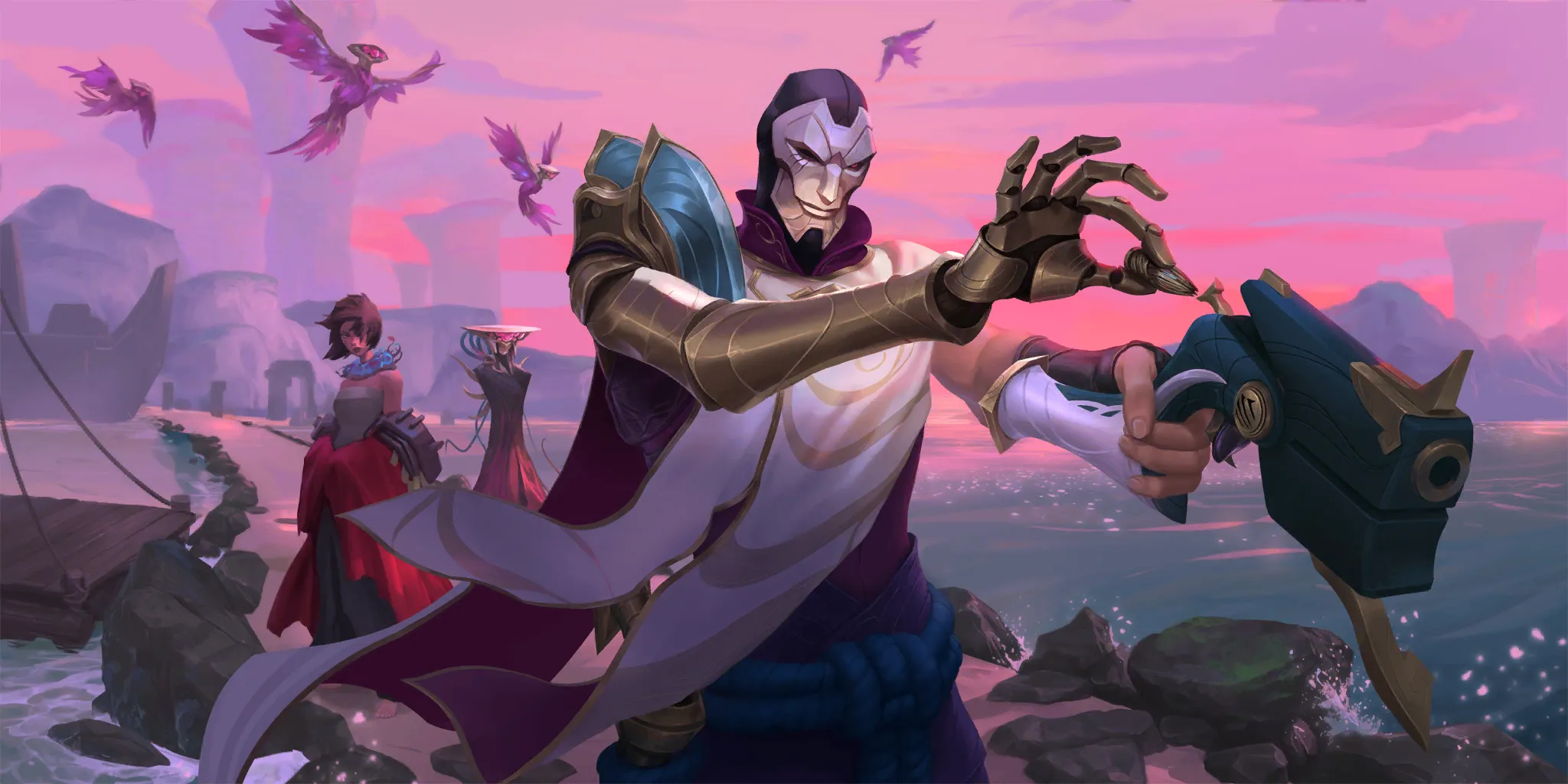

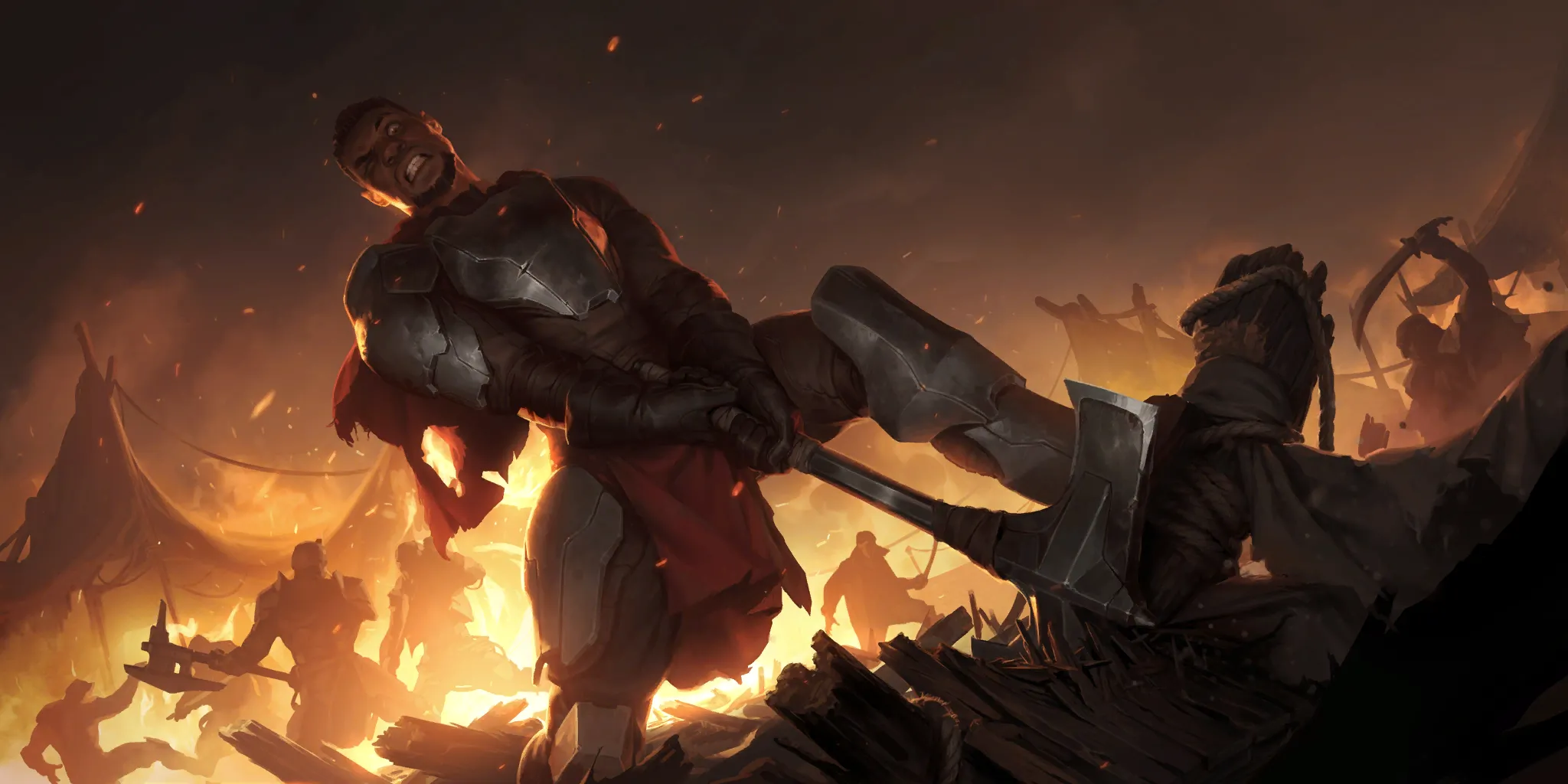
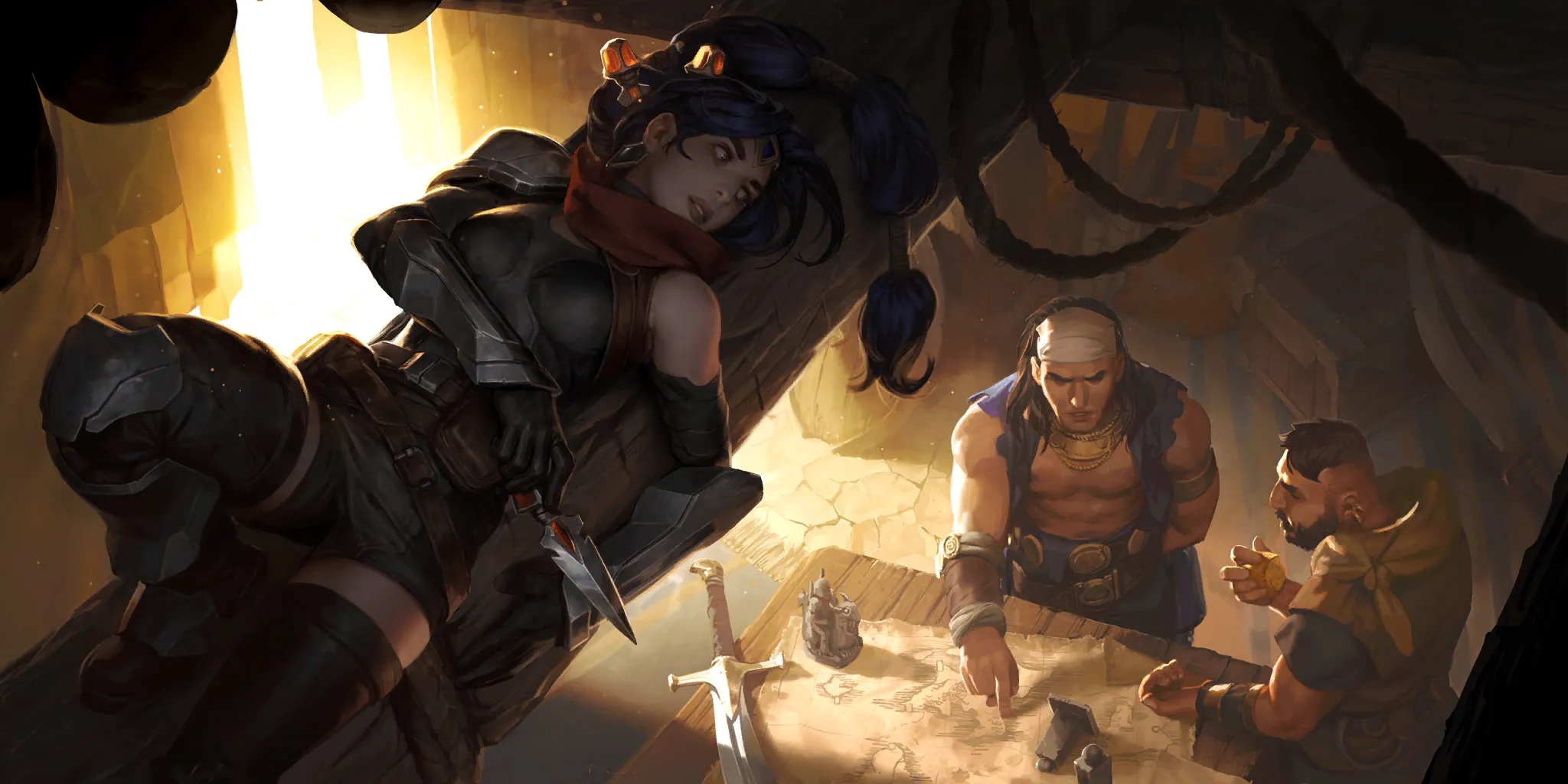
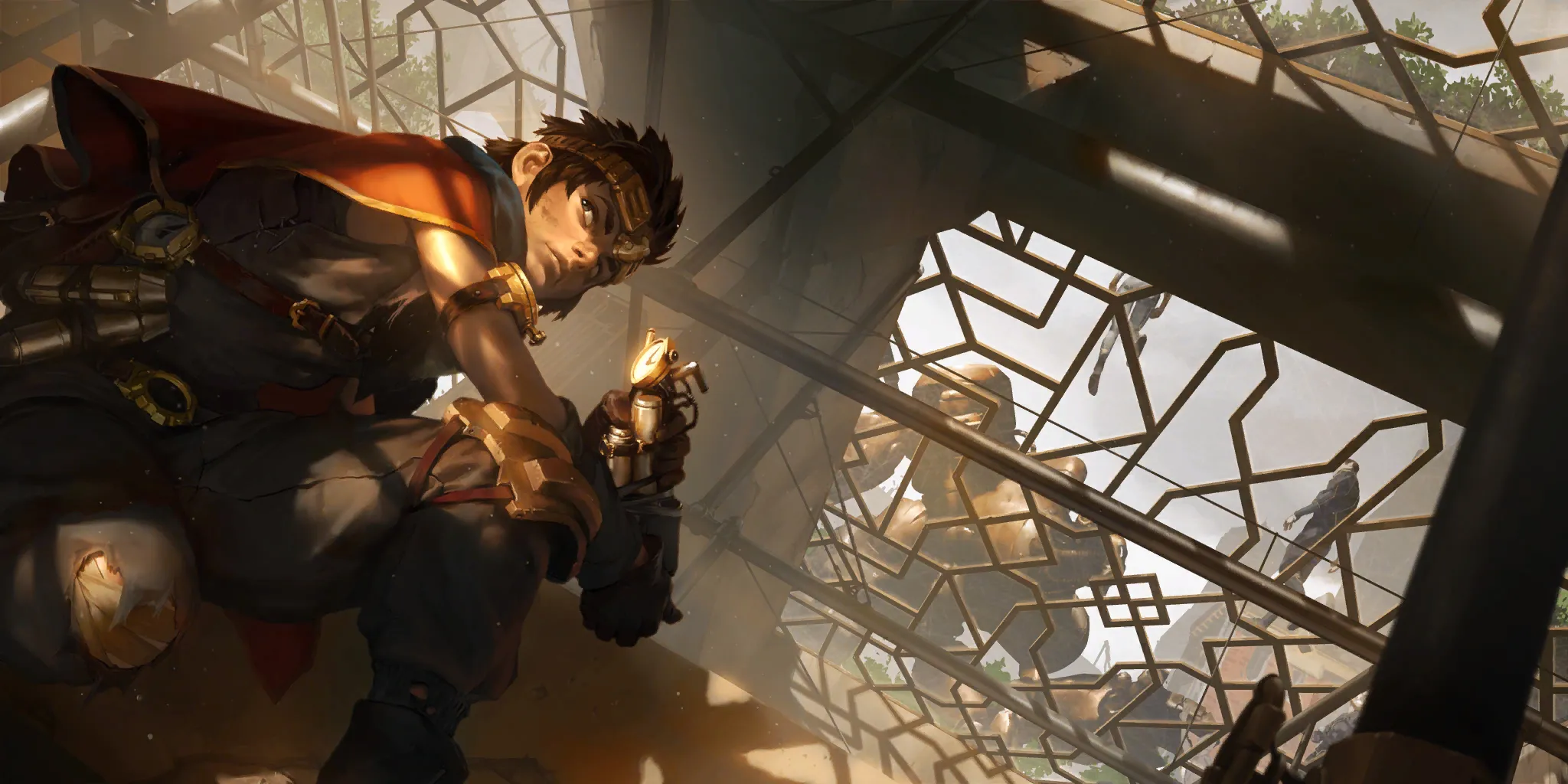
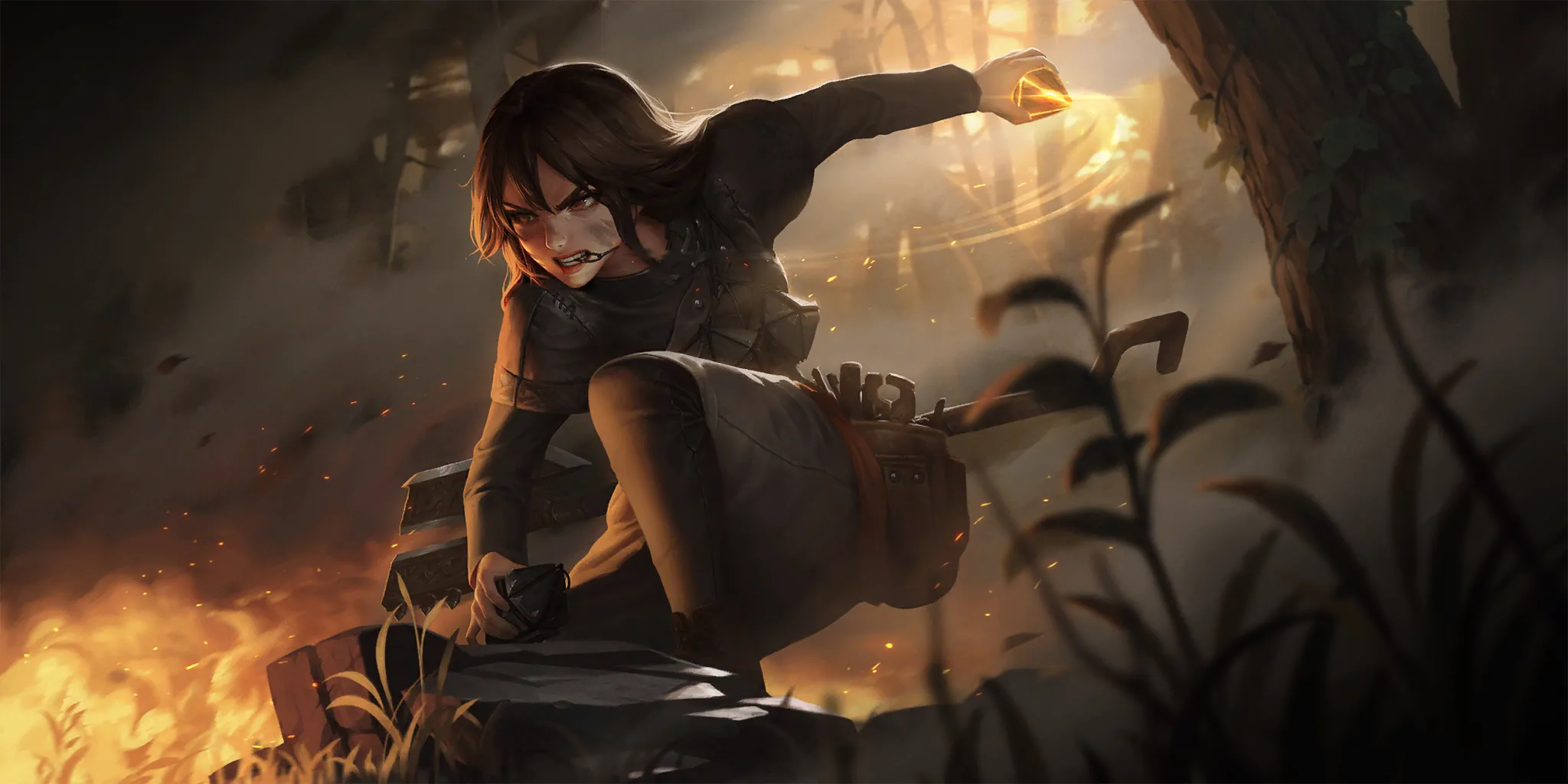
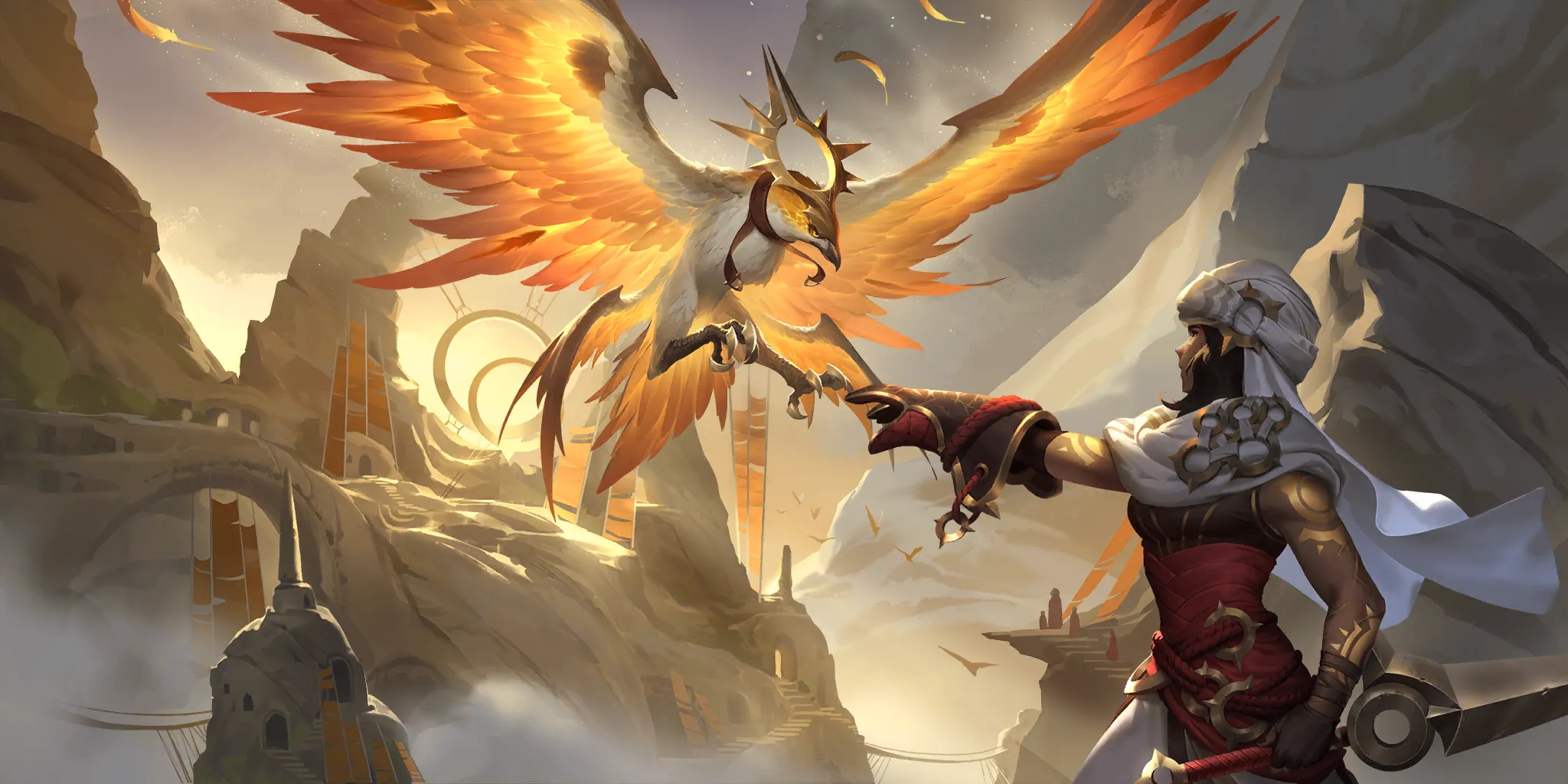
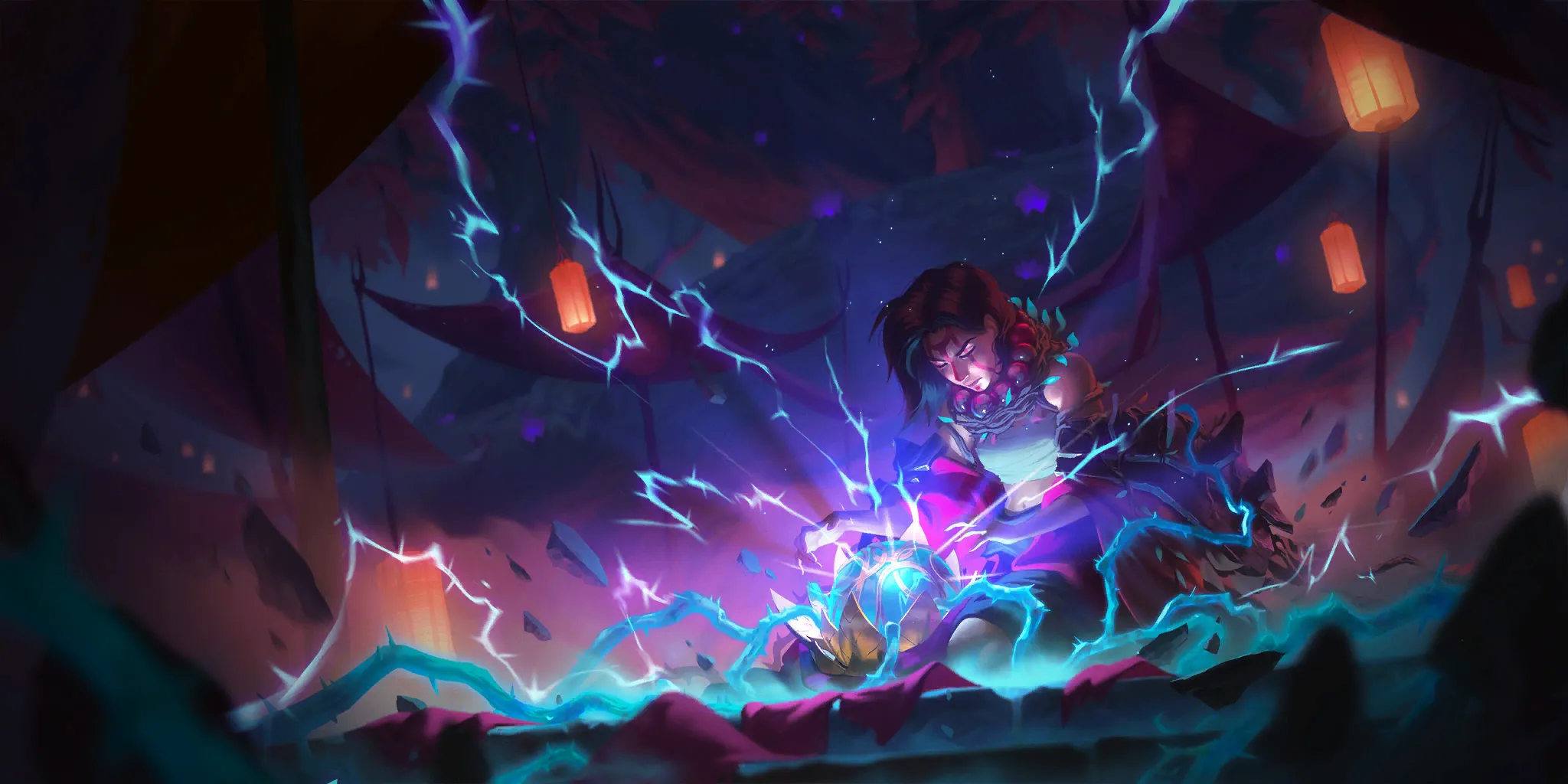

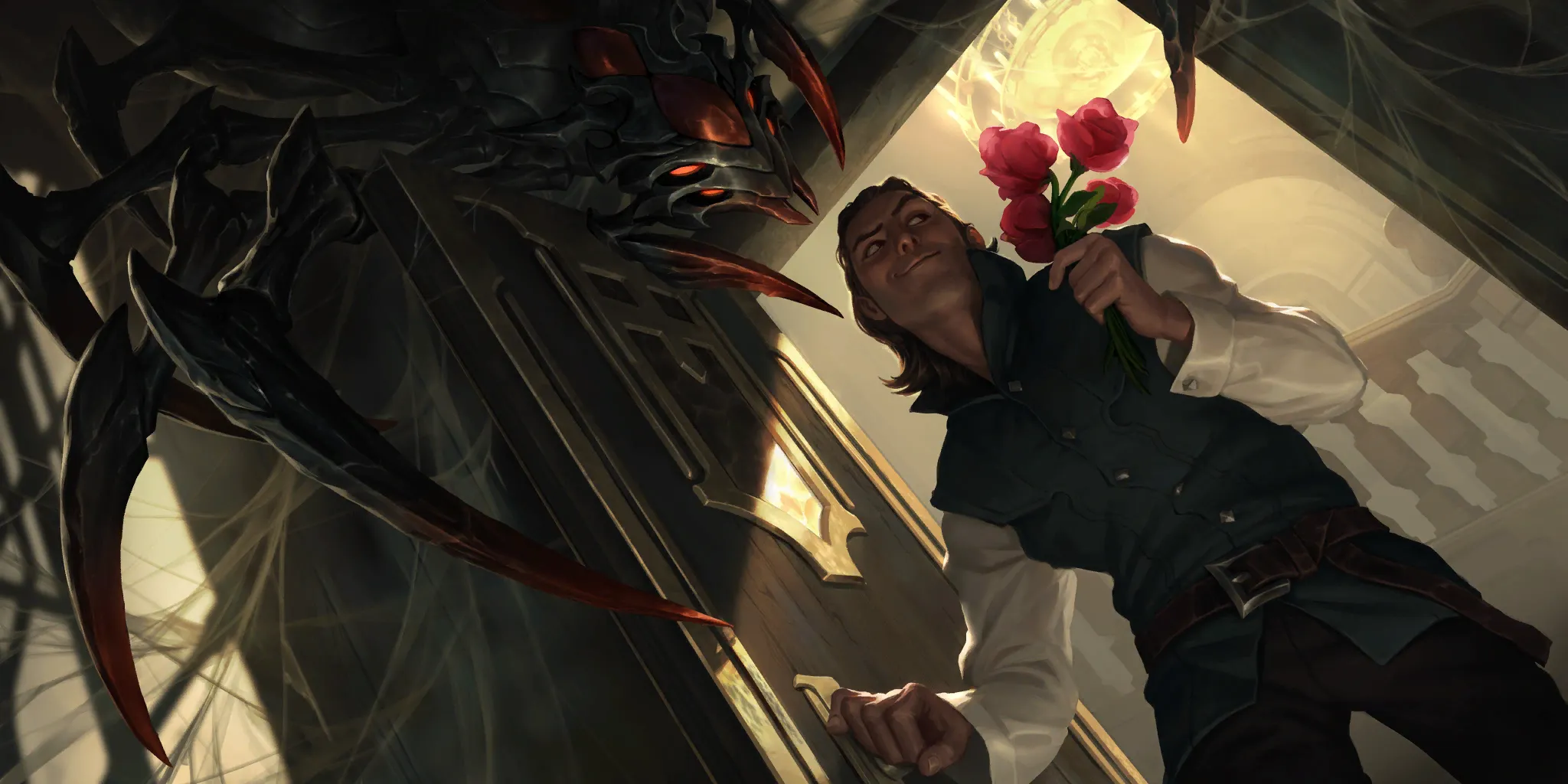
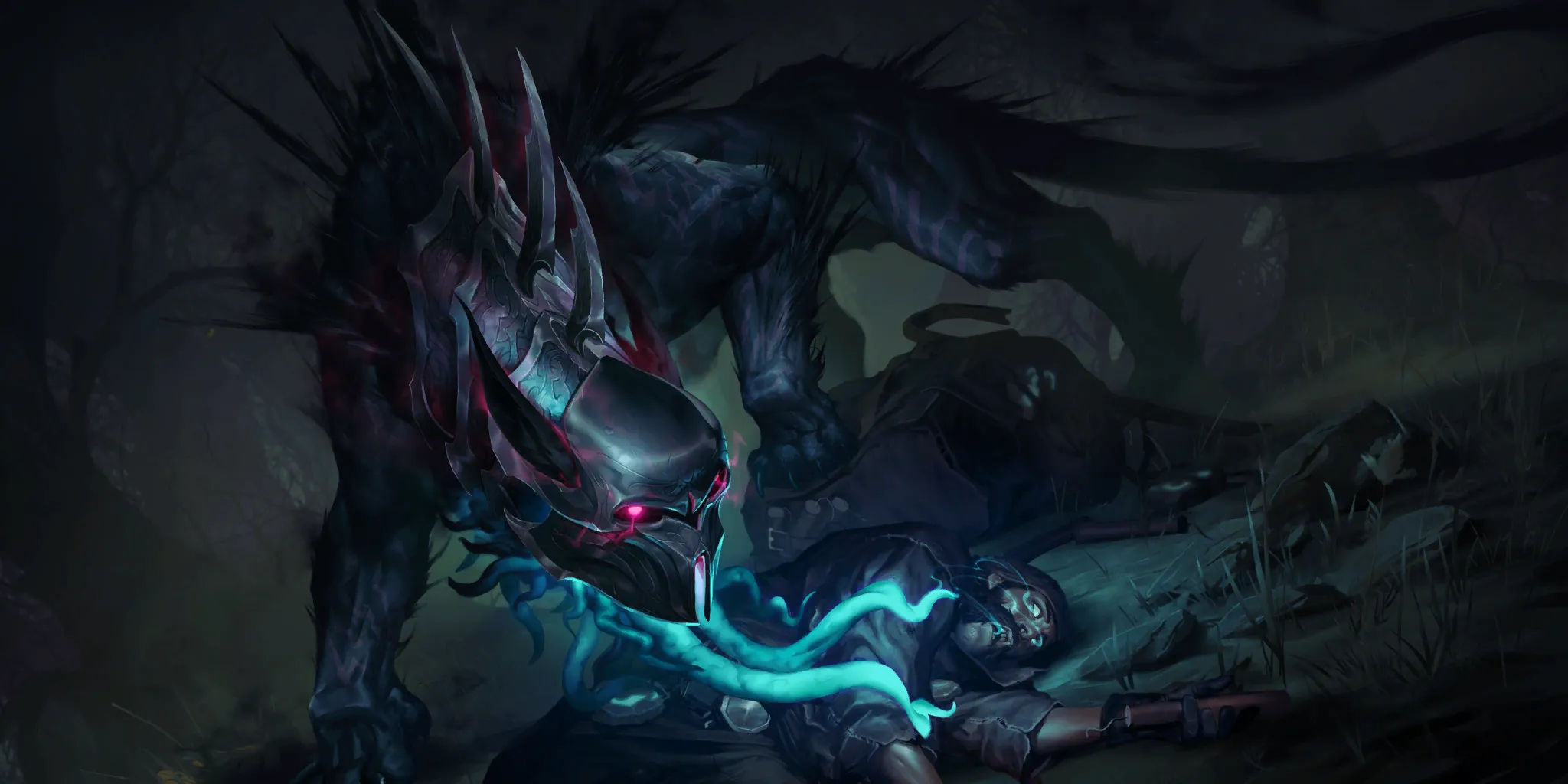

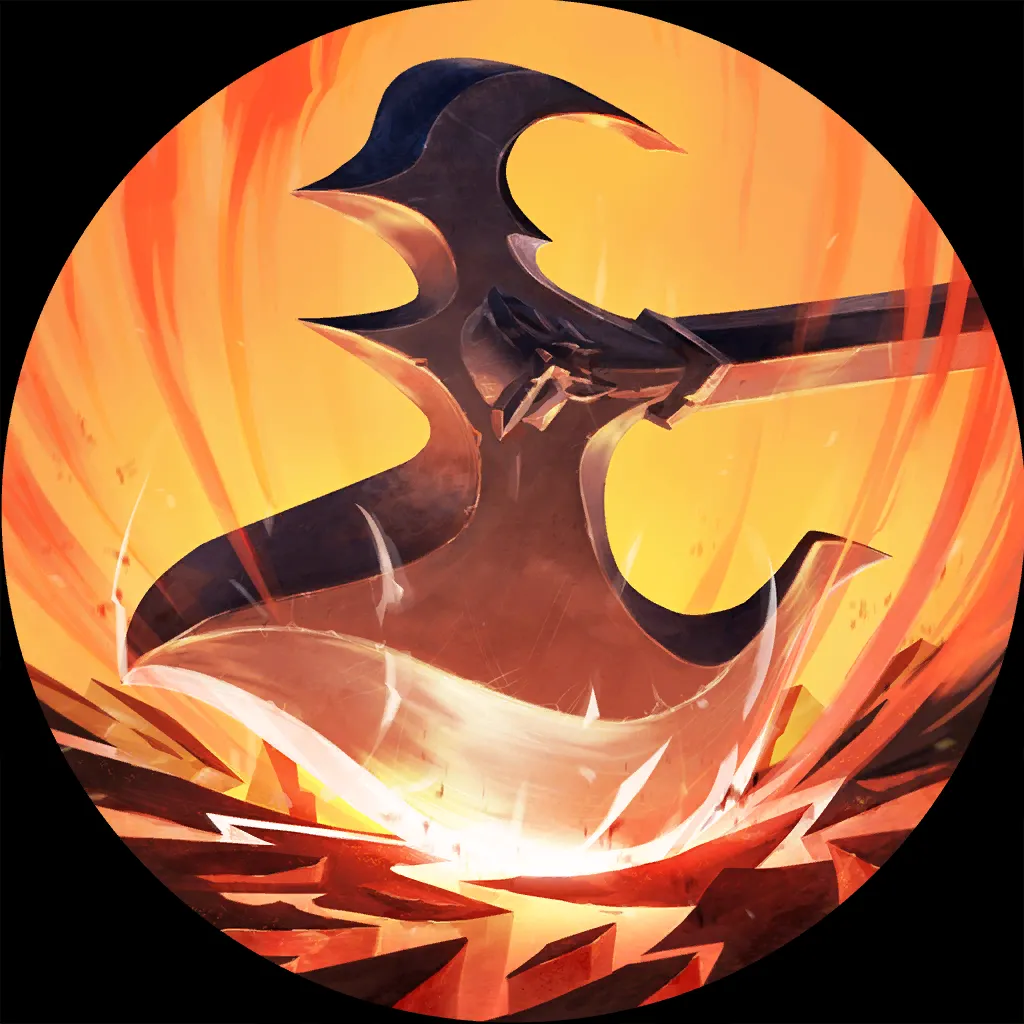



Since the deck aims to race you down, it doesn’t care about blocking, much less using Stuns defensively. The Stagehand really fits this gameplan too – playing the Stagehand defensively loses out, as you lose the body due to it being Ephemeral, so you want to play it on an attack round to cash in on its stats. If you have the Token on Round Four attack, you can curve Solari Sunhawk
really fits this gameplan too – playing the Stagehand defensively loses out, as you lose the body due to it being Ephemeral, so you want to play it on an attack round to cash in on its stats. If you have the Token on Round Four attack, you can curve Solari Sunhawk into The Stagehand
into The Stagehand for a massive swing, stunning two units, while developing 6/7 worth of stats going into an attack.
for a massive swing, stunning two units, while developing 6/7 worth of stats going into an attack.


Let’s also understand the deck conceptually. An Aggro/Burn-oriented deck really only cares about Tempo in the early rounds – it utilizes its cheap curve to go wider than the opponent, and Stuns can really accentuate this advantage. The importance of Tempo drops off in later rounds as it becomes harder to push damage on board, and mana is often spent on Burn cards like Decimate or Doombeast
or Doombeast to finish the game. Since we should always be ahead in Tempo in the earlier rounds, there is no need to use a Stun defensively, where we can simply develop other units and then attack in the following round.
to finish the game. Since we should always be ahead in Tempo in the earlier rounds, there is no need to use a Stun defensively, where we can simply develop other units and then attack in the following round.
Now, while this deck is a very intuitive example of how stuns can be utilized aggressively, what sort of decks can we extrapolate this playstyle to?
Balancing Aggression and Defense – Tempo Decks
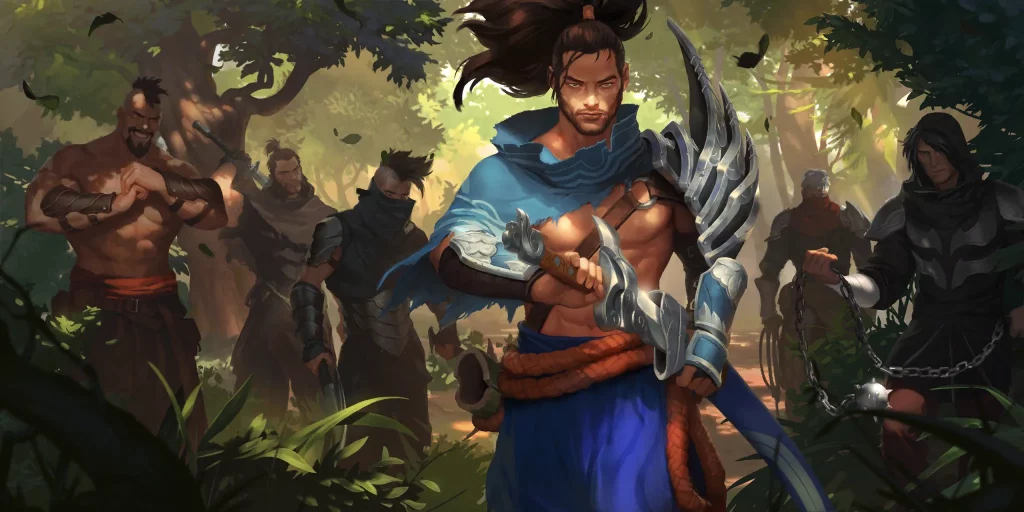
I believe that the most important archetype to really bring this idea to life is with Noxus Tempo decks. Some common examples of these include Twisted Fate Annie
Annie , Ezreal
, Ezreal Caitlyn
Caitlyn Tri-beam, or even my recent favorite Yasuo
Tri-beam, or even my recent favorite Yasuo Katarina
Katarina . And the reason why these decks have a lot to gain when we can utilize our Stuns aggressively is because all of these decks look to beat our opponent down primarily through board.
. And the reason why these decks have a lot to gain when we can utilize our Stuns aggressively is because all of these decks look to beat our opponent down primarily through board.
Let’s take a look!

24 cards
16 cards

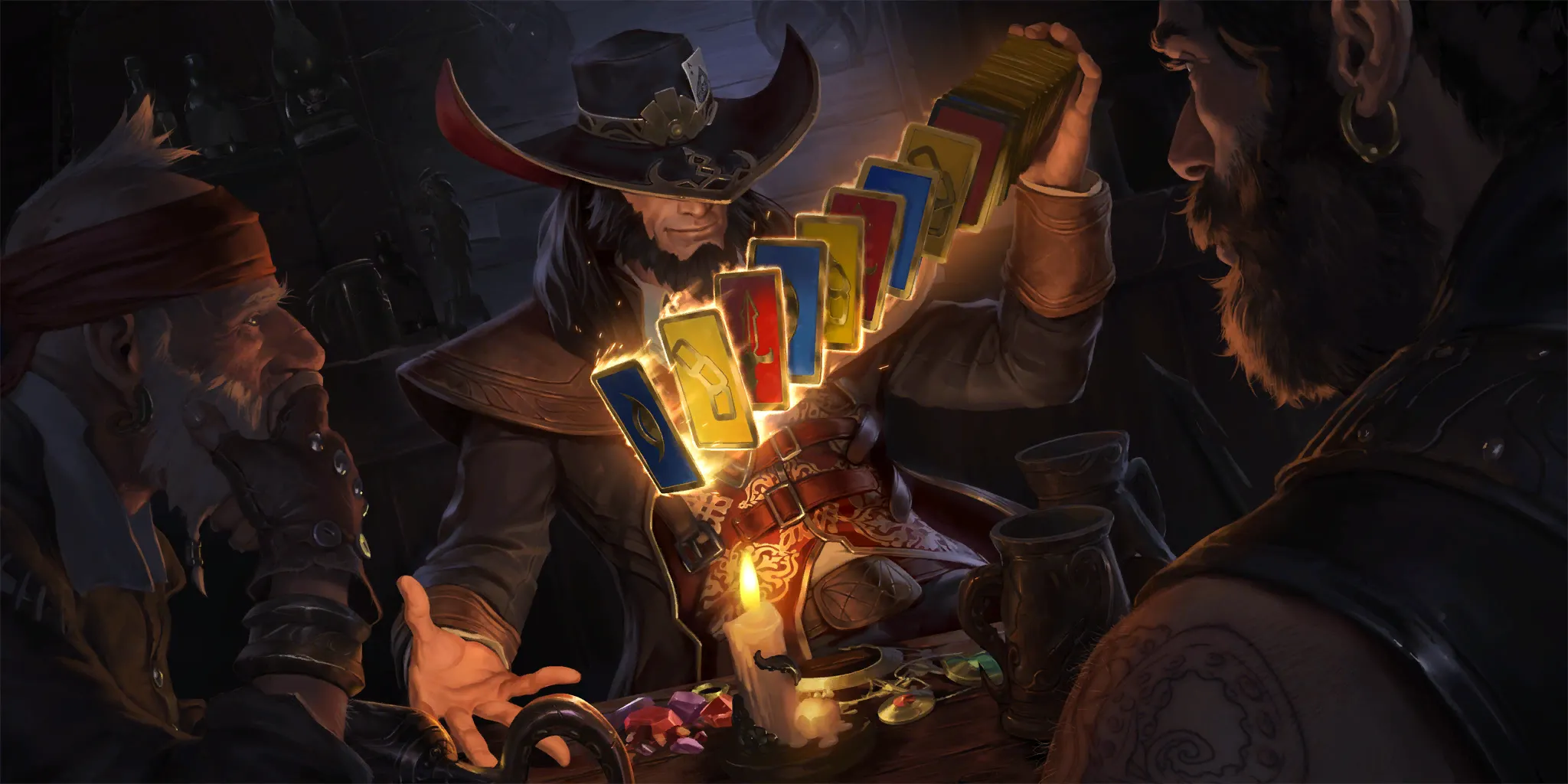

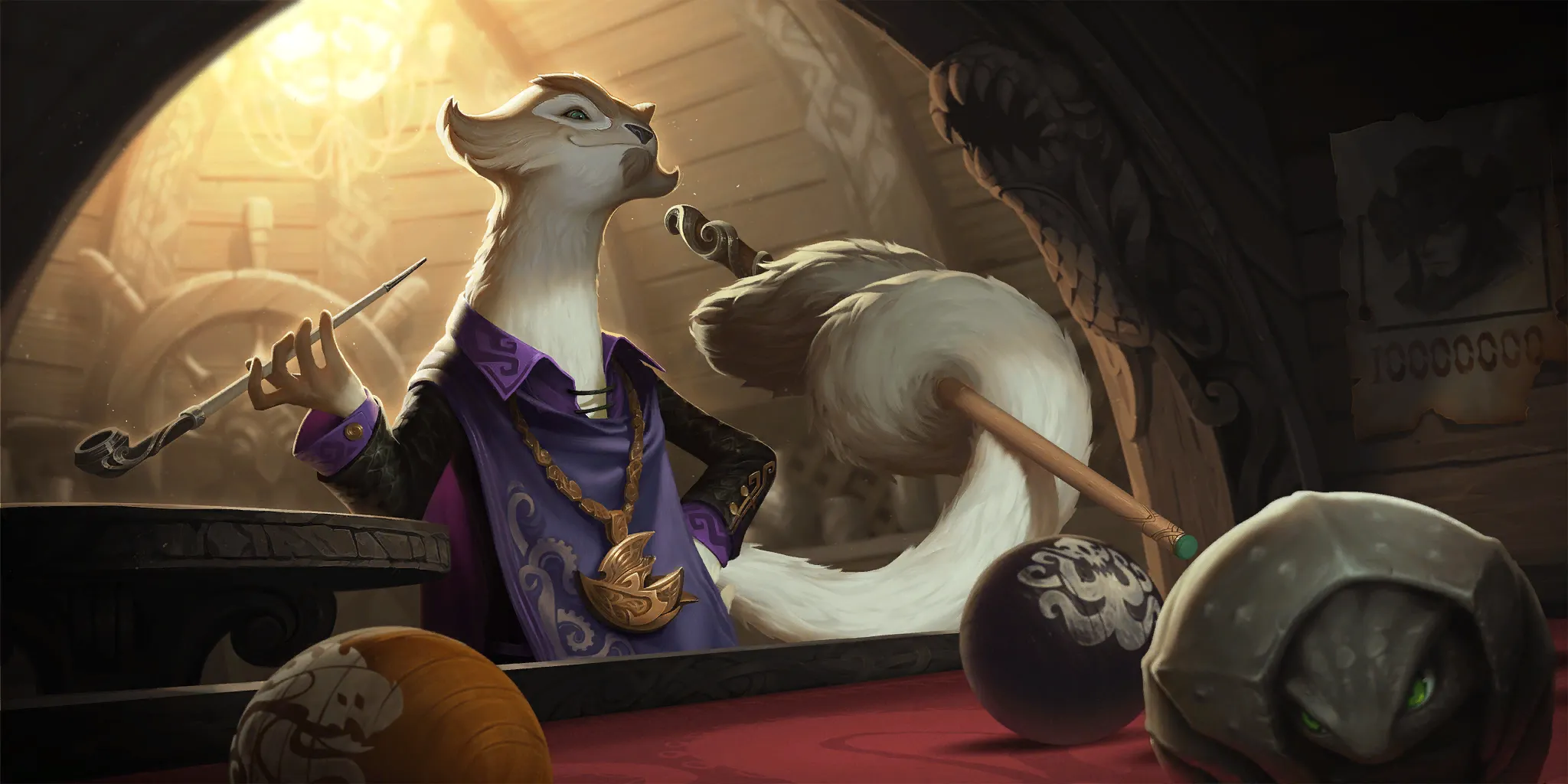
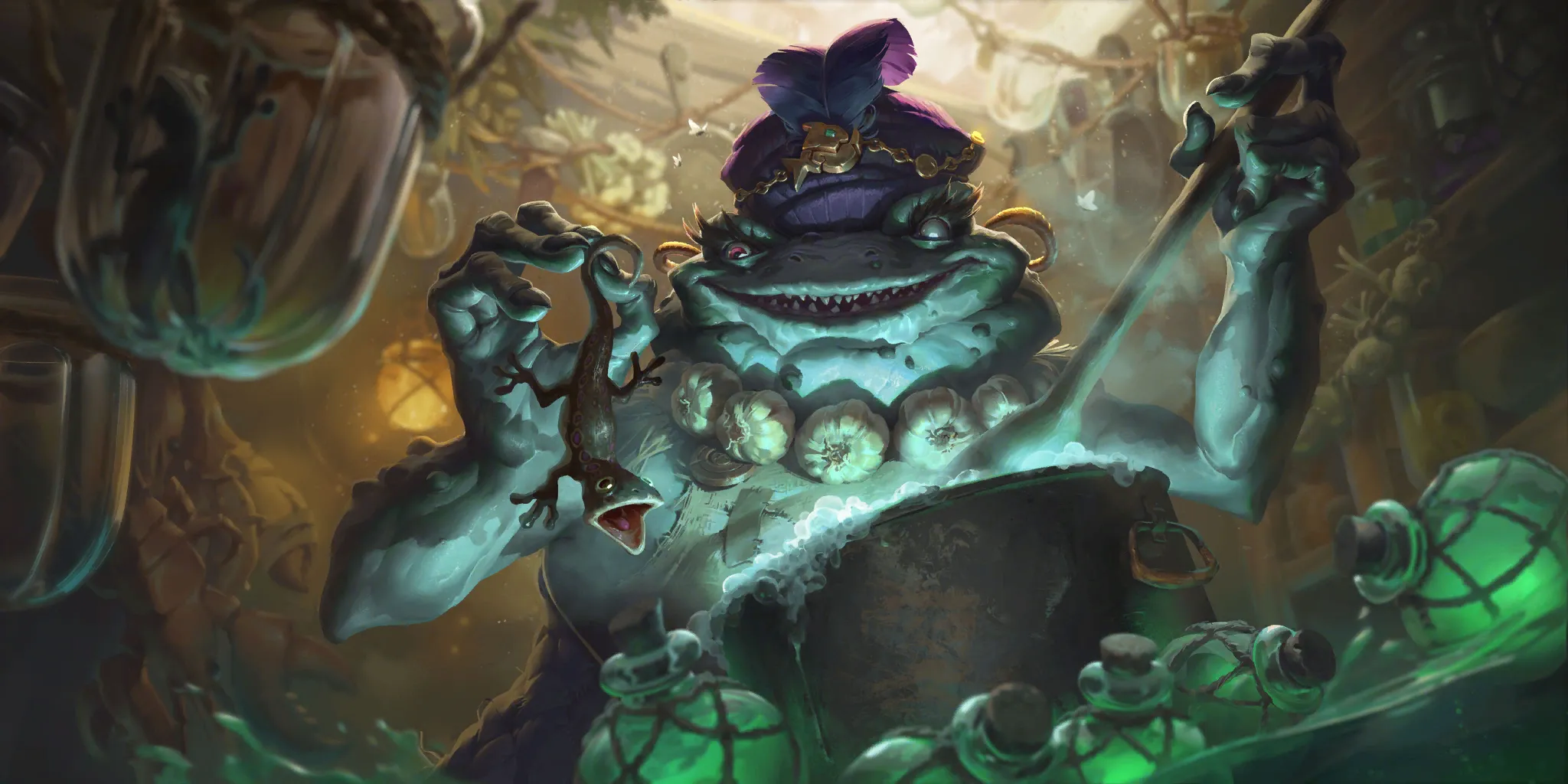
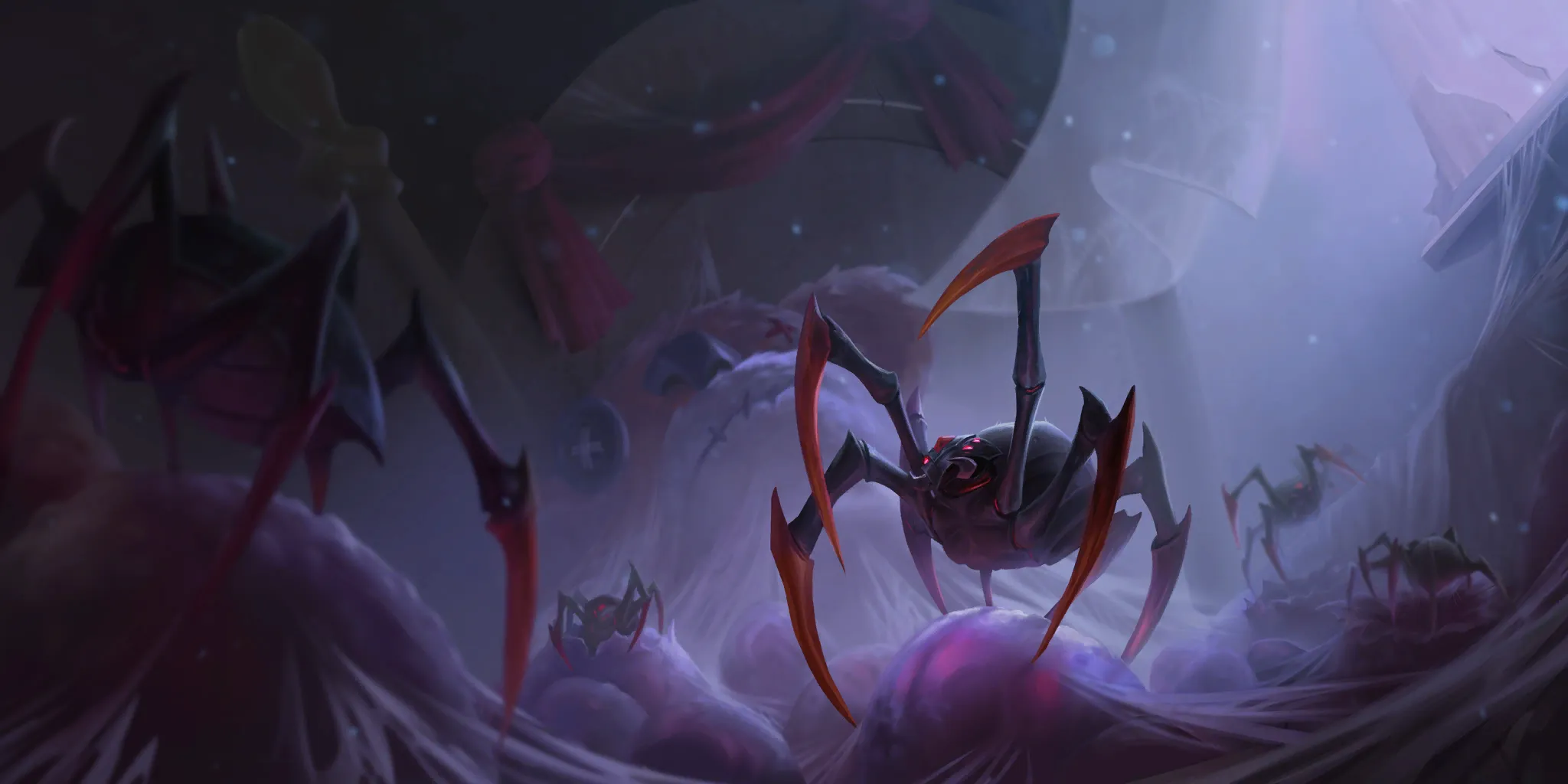

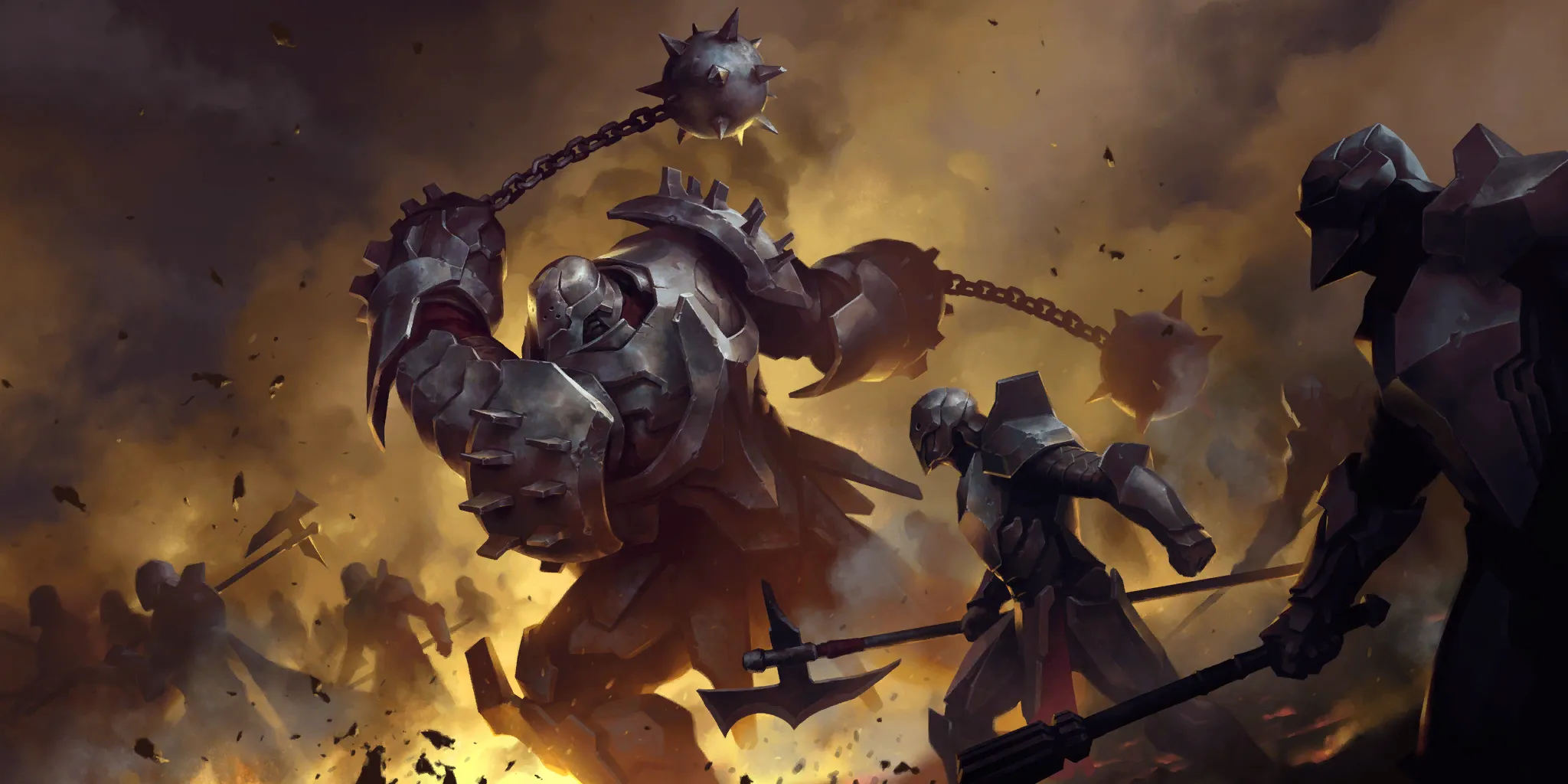



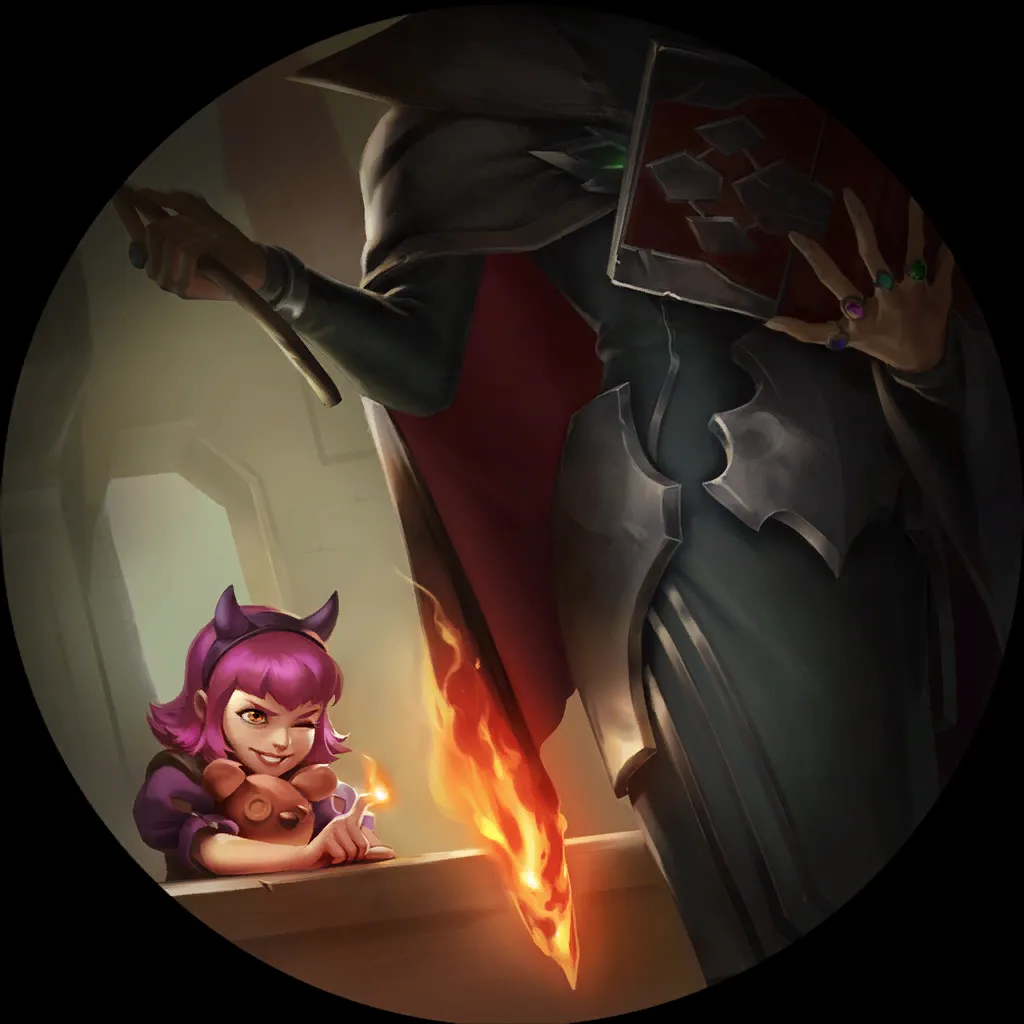




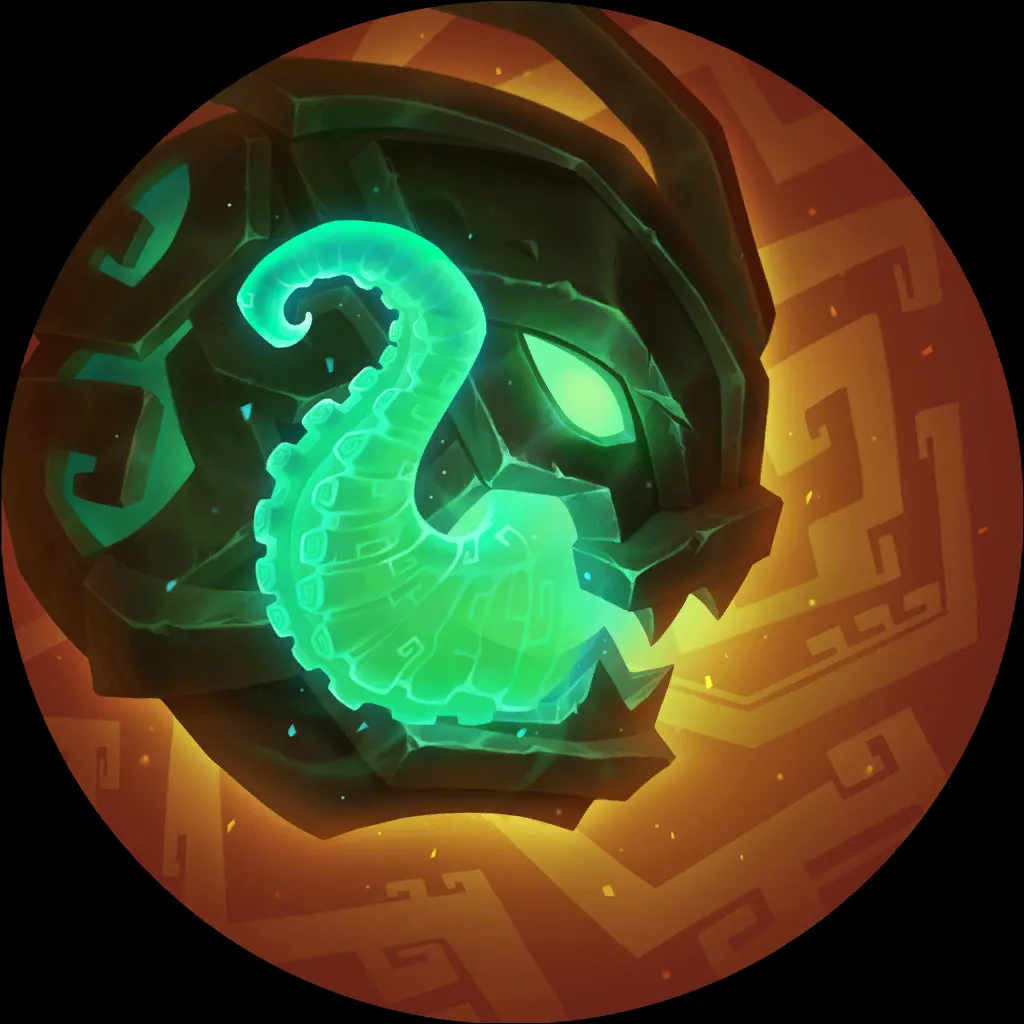
I’m not going to go super in-depth about what the deck does, but feel free to read deeper into our Annie TF Deck Guide if you are interested. At a high level, the deck combines efficient removal paired with a low curve to push damage through during your attack token.
The card that I want to focus on is Arachnoid Sentry , a very popular auto-include in virtually every Noxus Tempo deck. As this deck has no healing, being able to stun defensively to stop a big Overwhelm unit or stop an attack overall is pretty good, and if we’re up against a Burn deck, every point of health matters.
, a very popular auto-include in virtually every Noxus Tempo deck. As this deck has no healing, being able to stun defensively to stop a big Overwhelm unit or stop an attack overall is pretty good, and if we’re up against a Burn deck, every point of health matters.
But against other unit-based Midrange decks, we can get a bit more creative. Let's see some examples – I'll create some board states (shoutout to Shadawx and his BoardSim tool: https://shadawx.github.io/LoRBoardSim/) so we can study different situations.
First, let’s say we are up against a Kai'Sa Demacia player…
Demacia player…

18 cards

22 cards
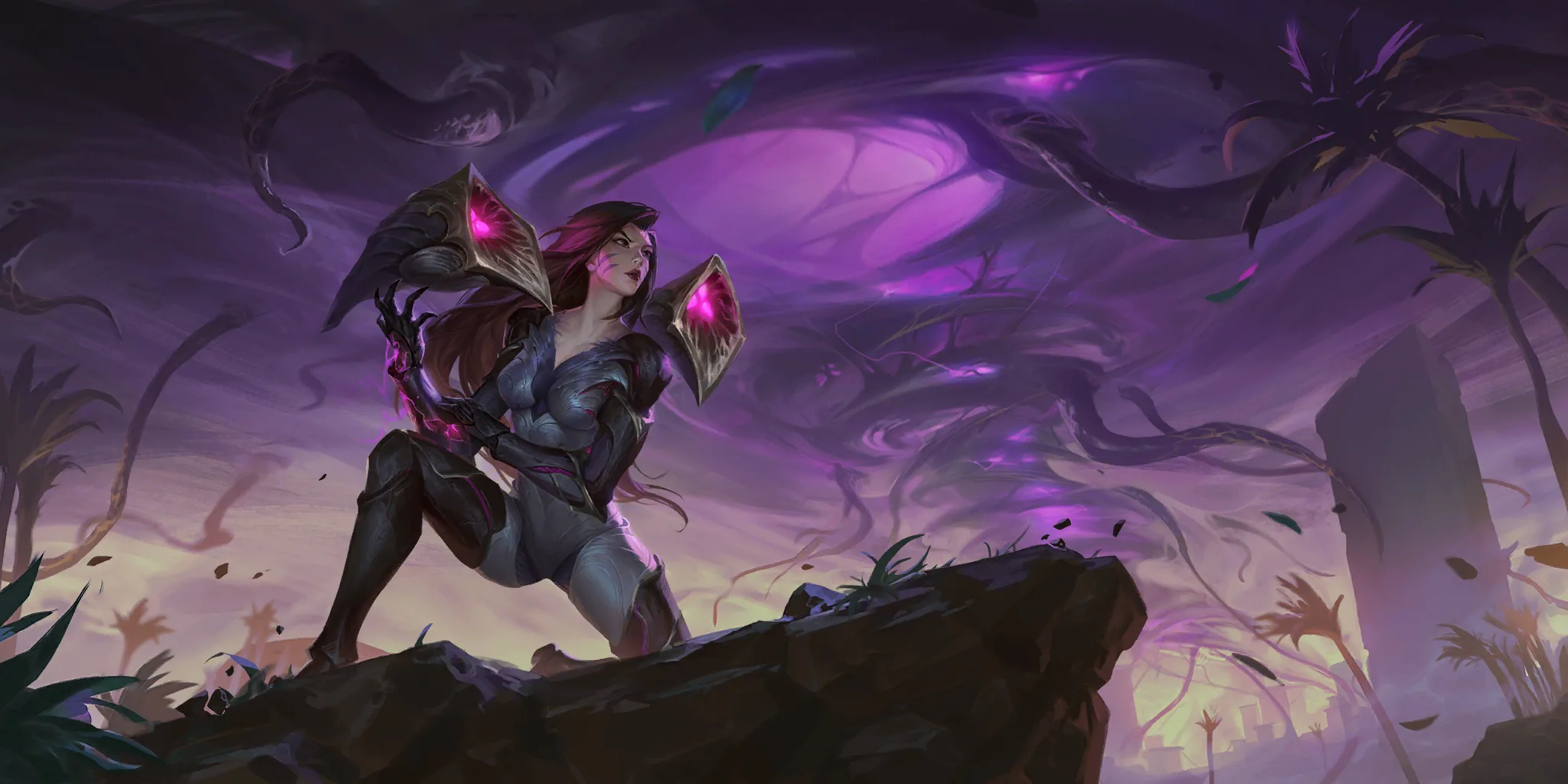
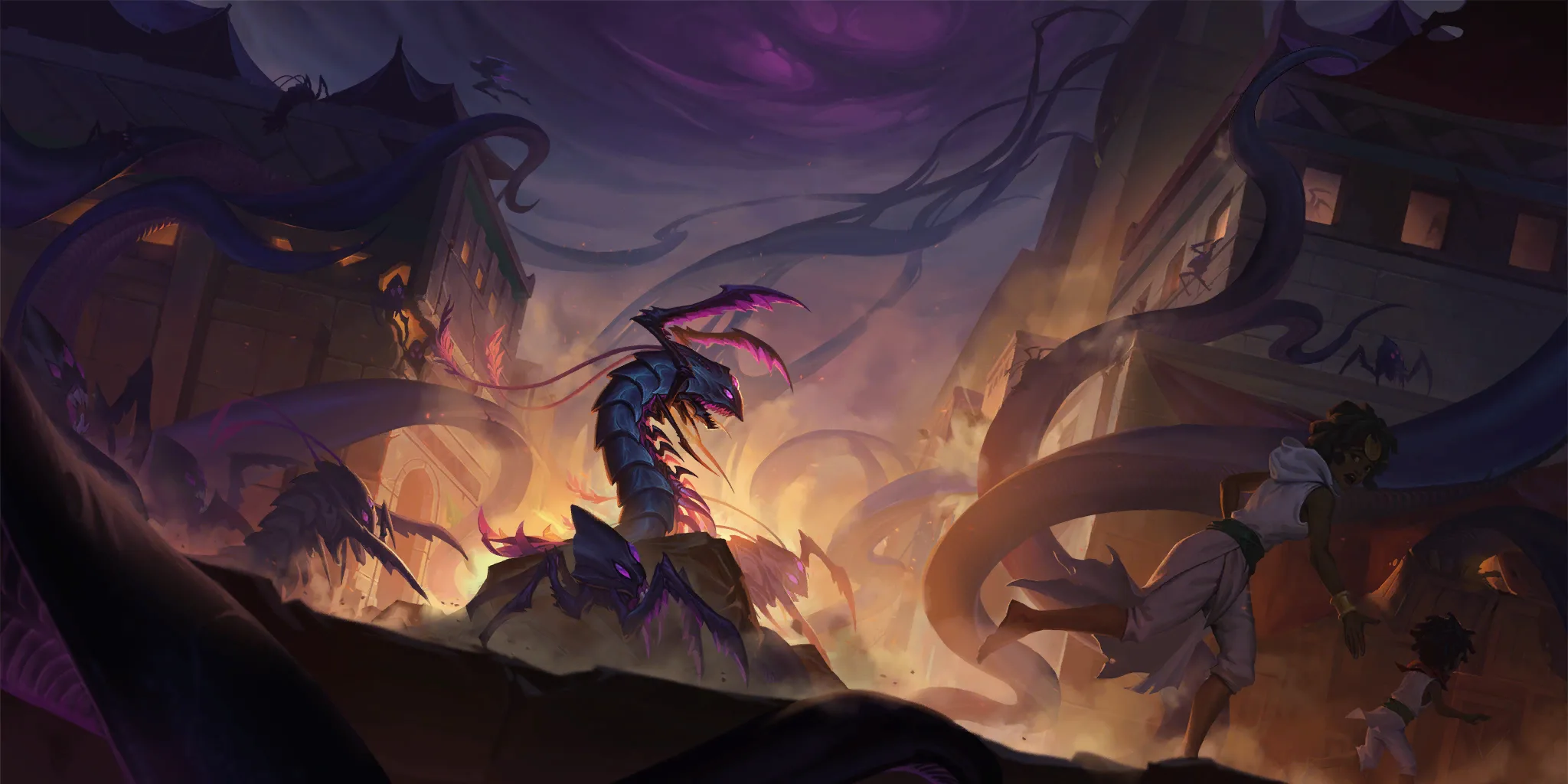
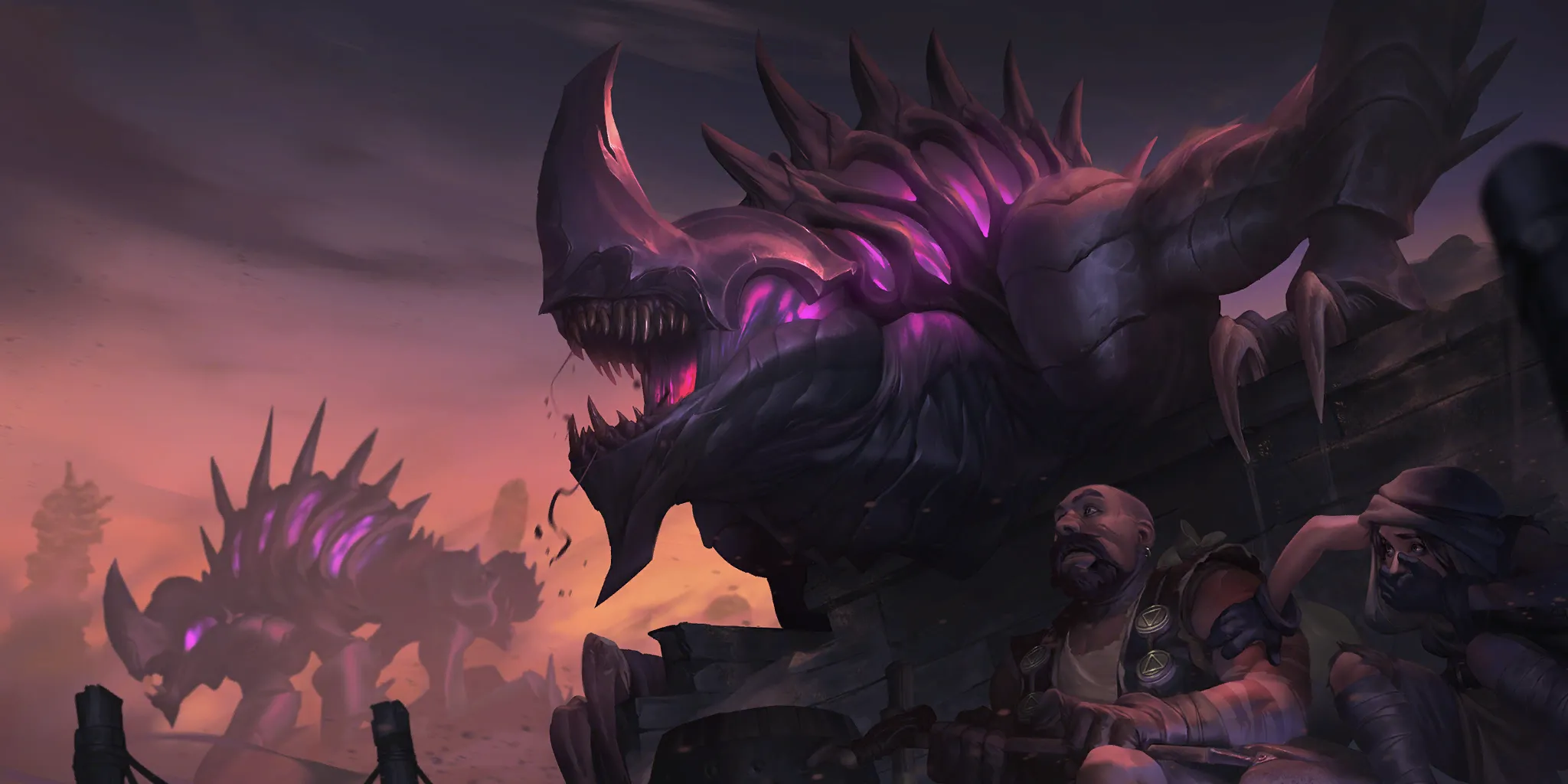
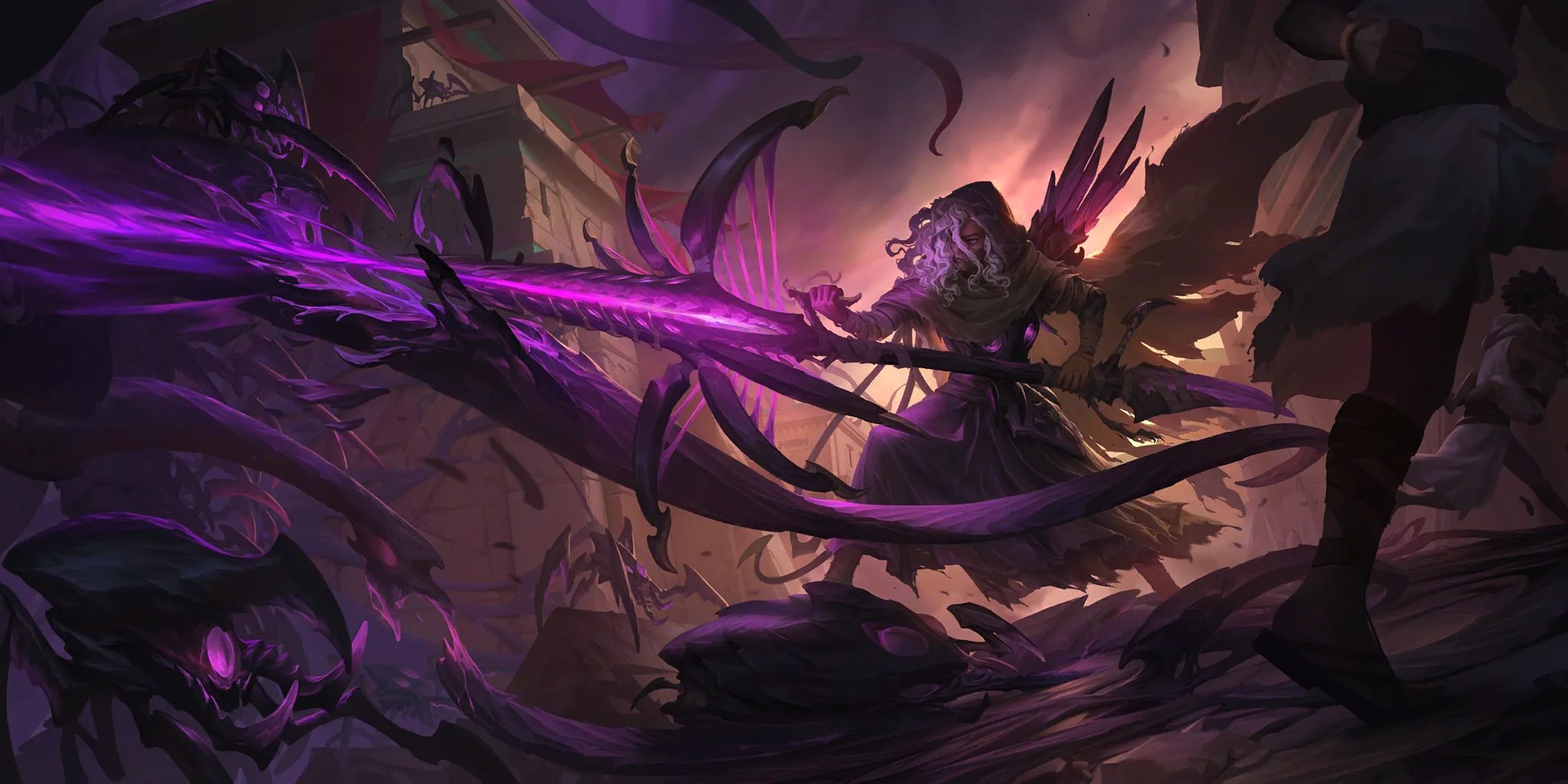
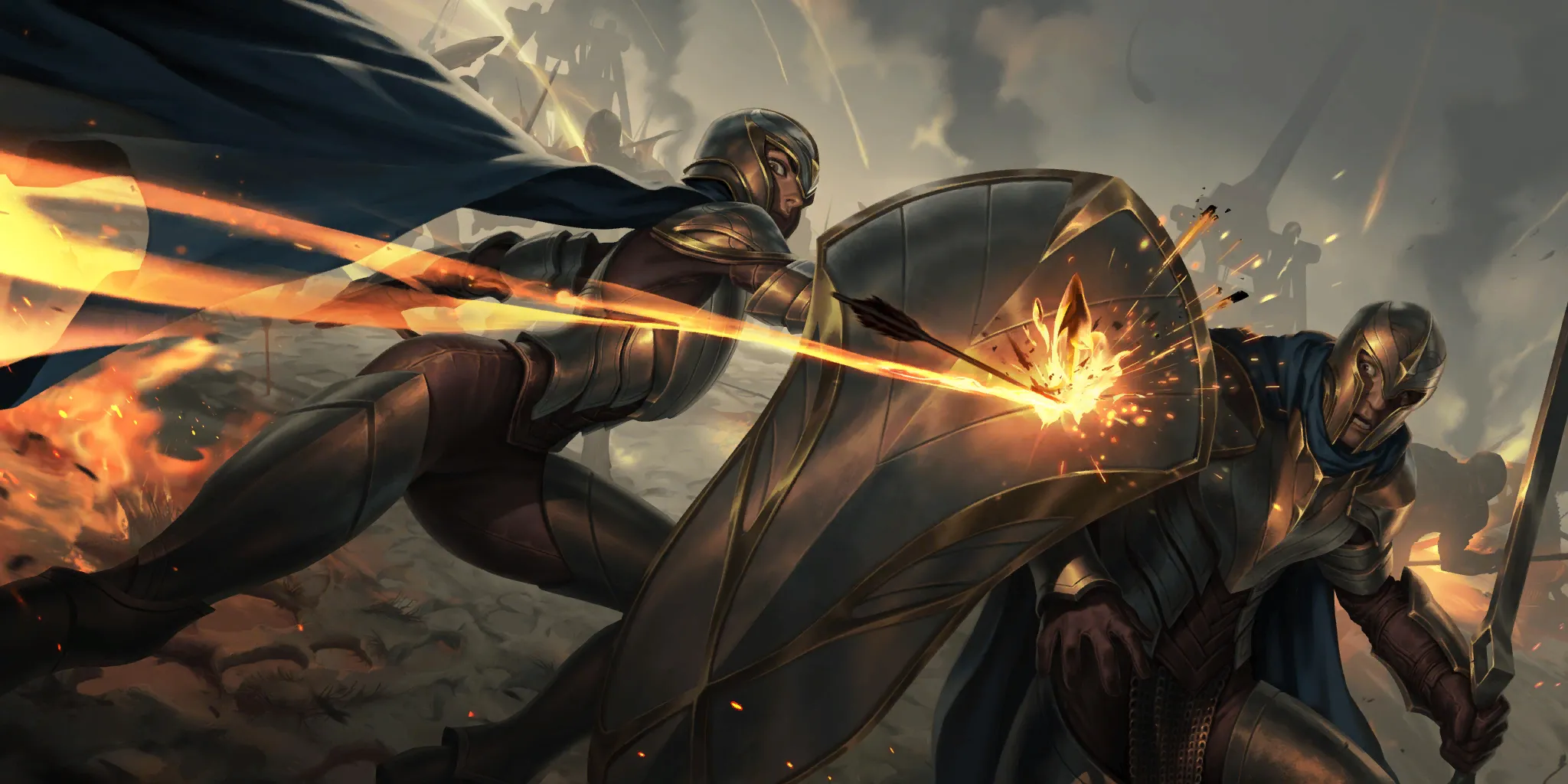
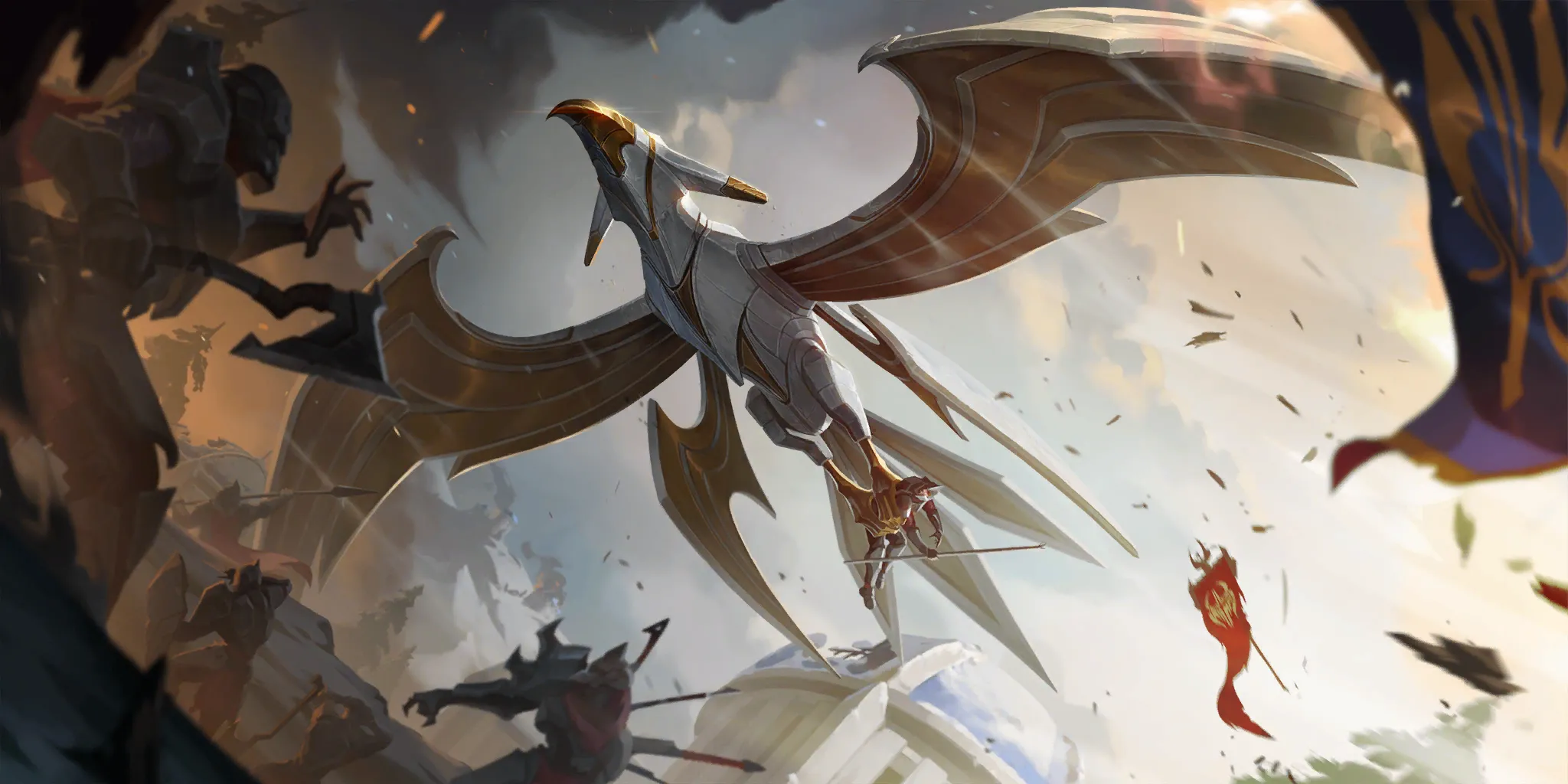

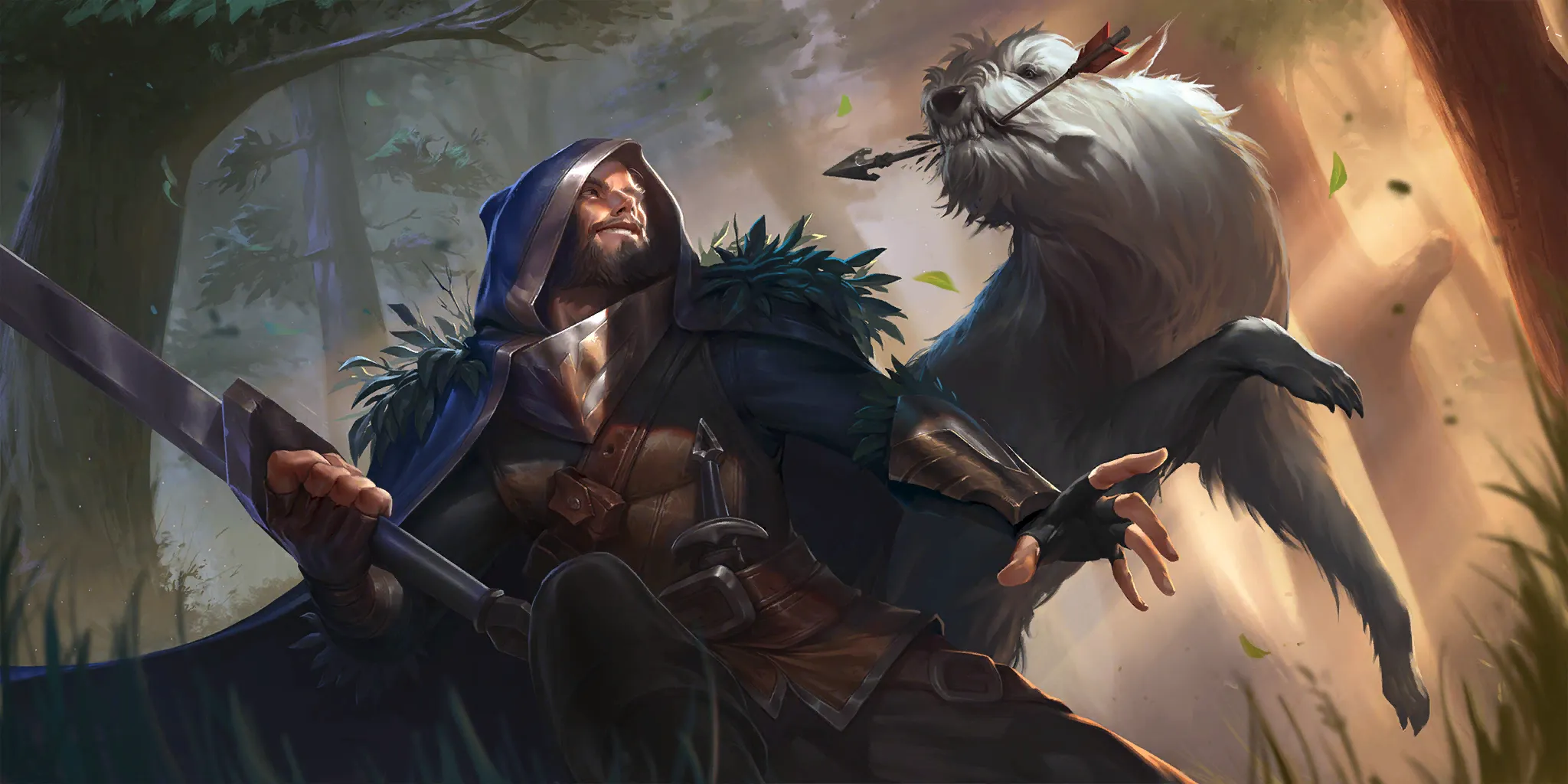
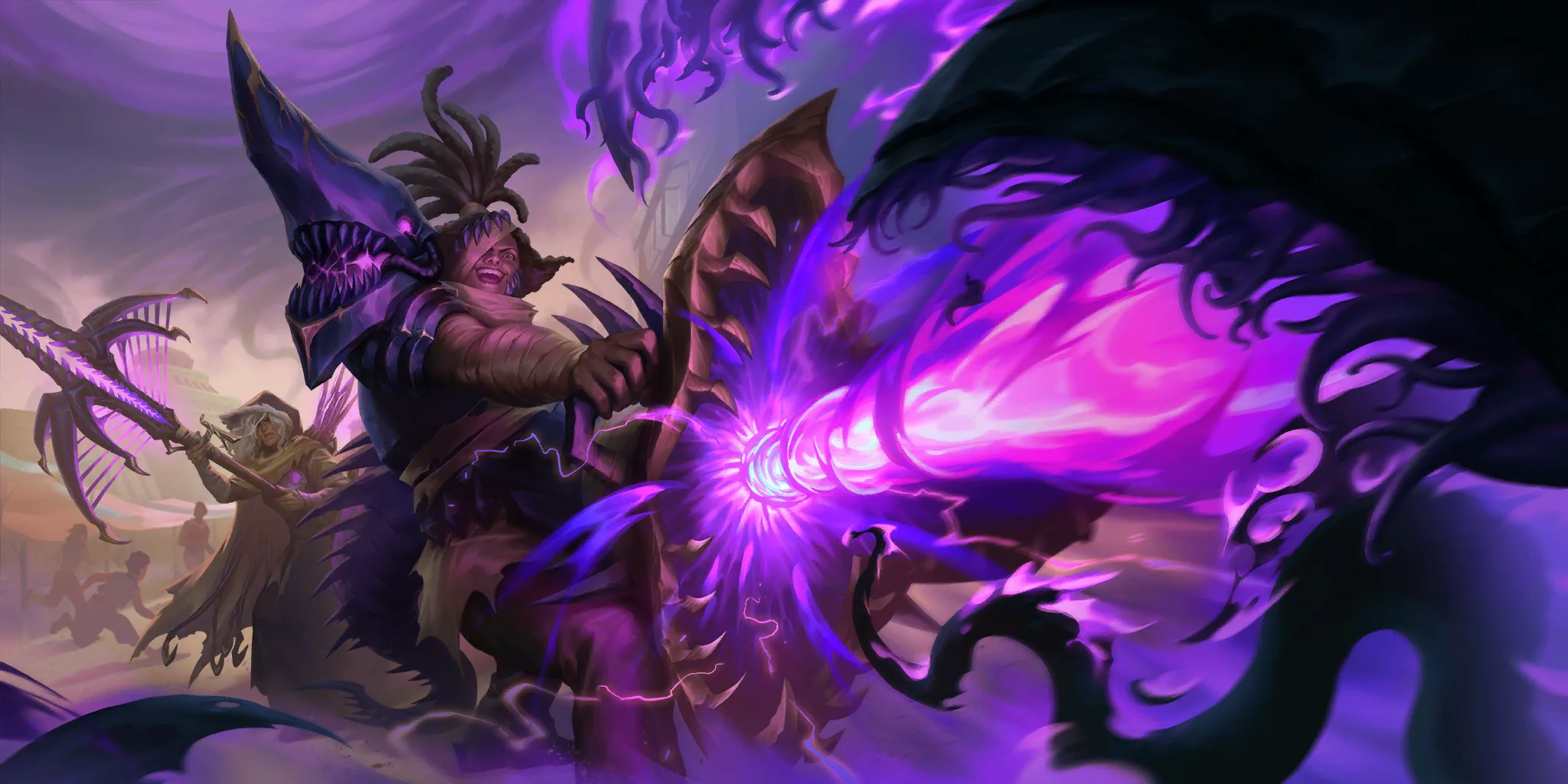
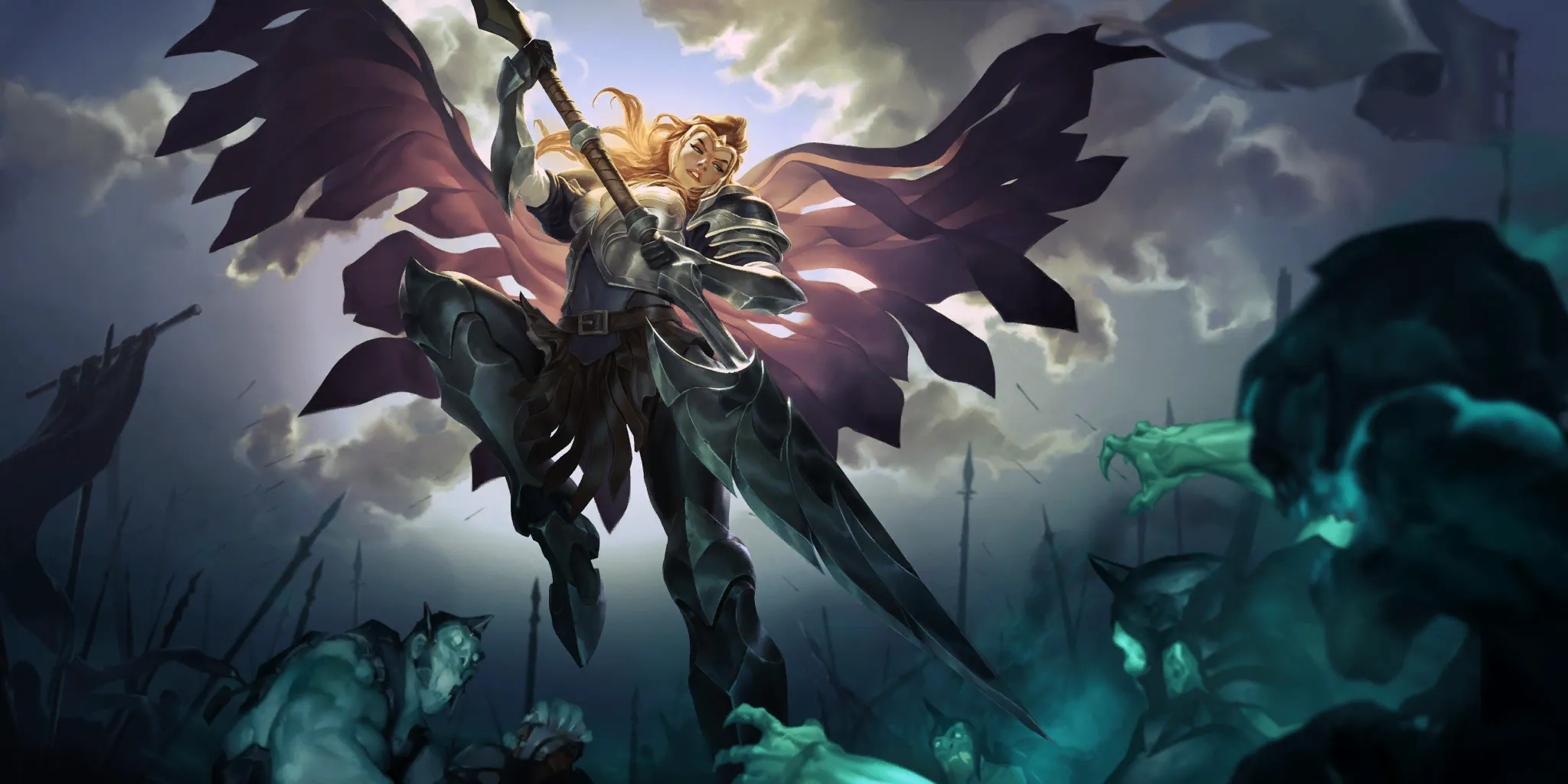

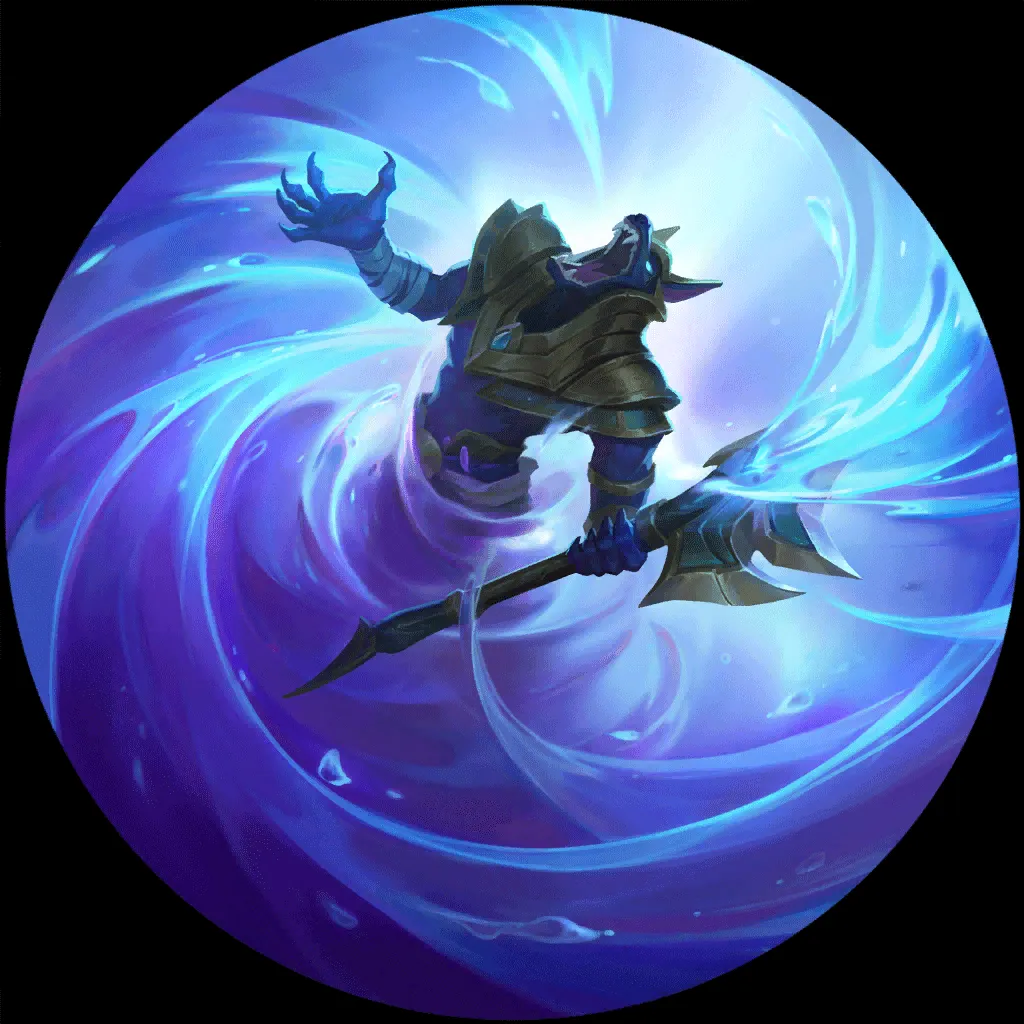

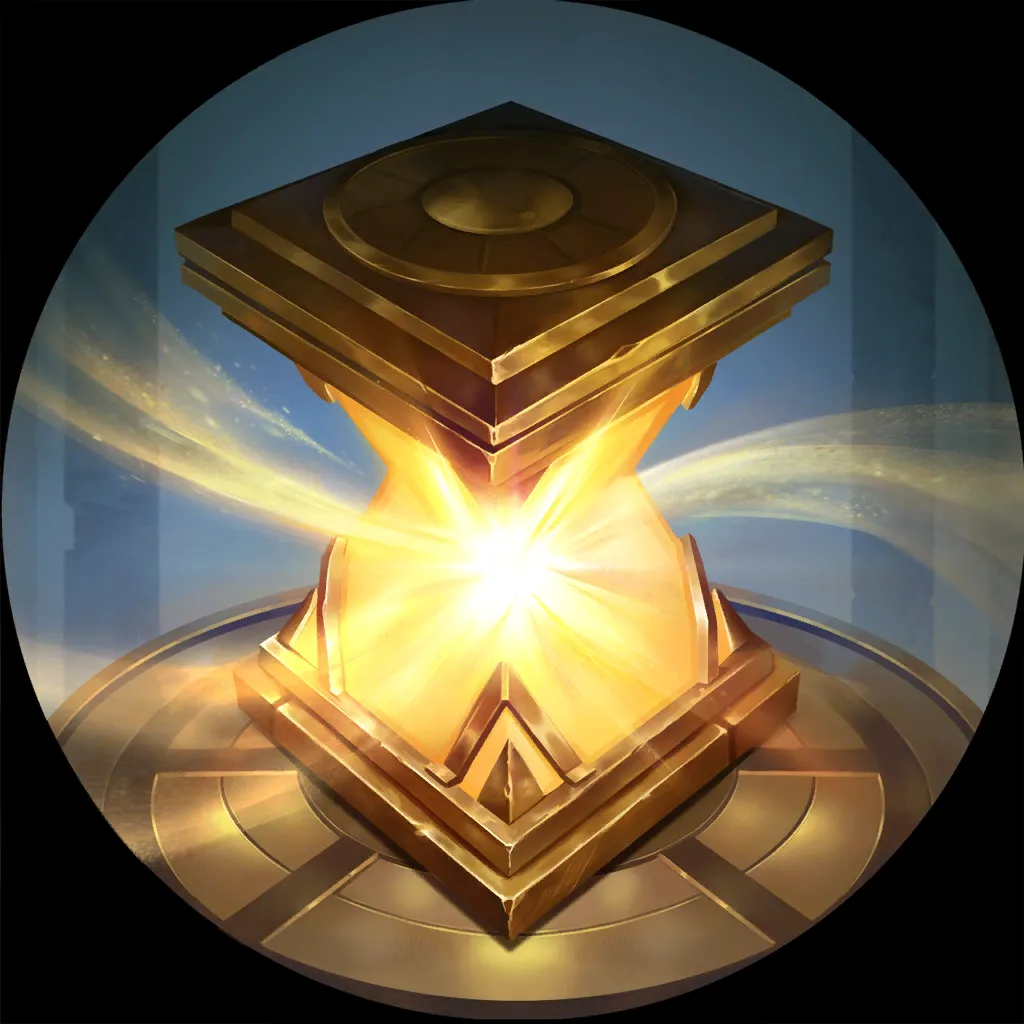
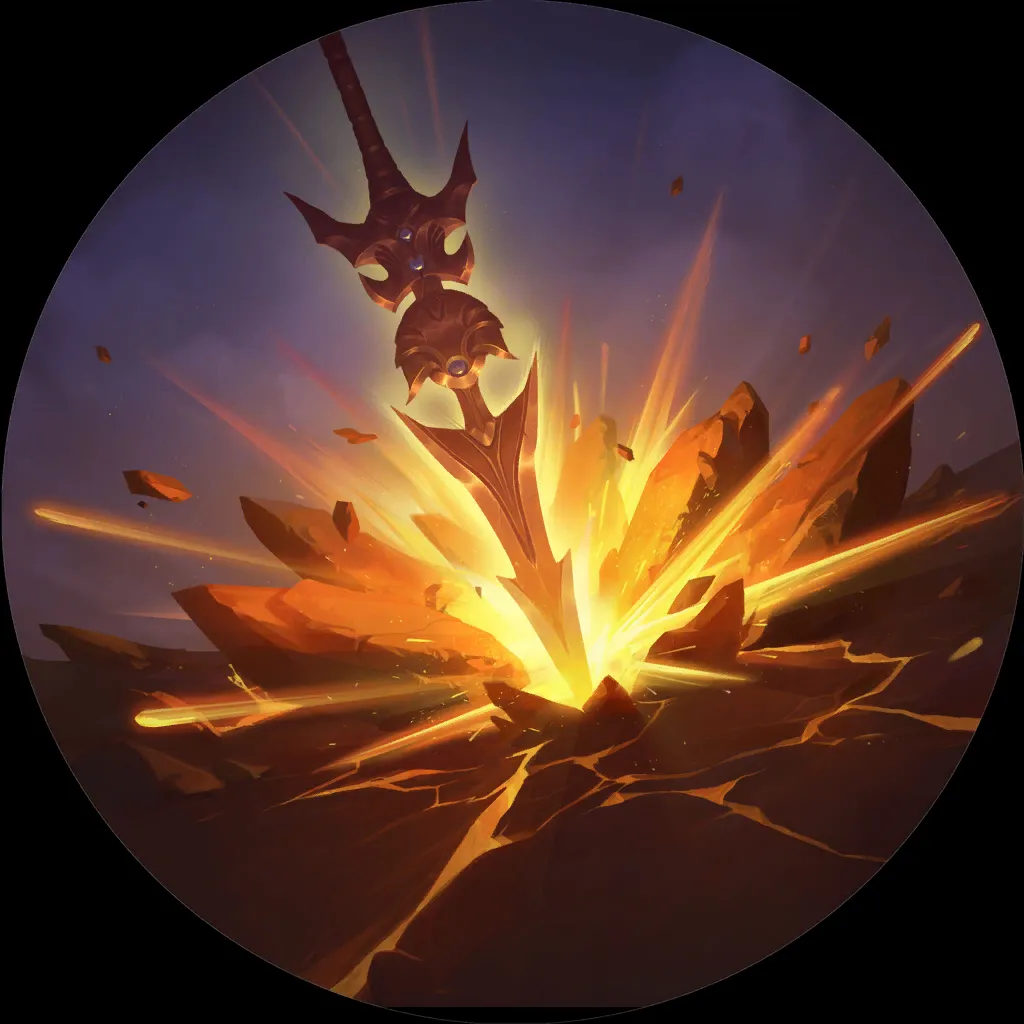
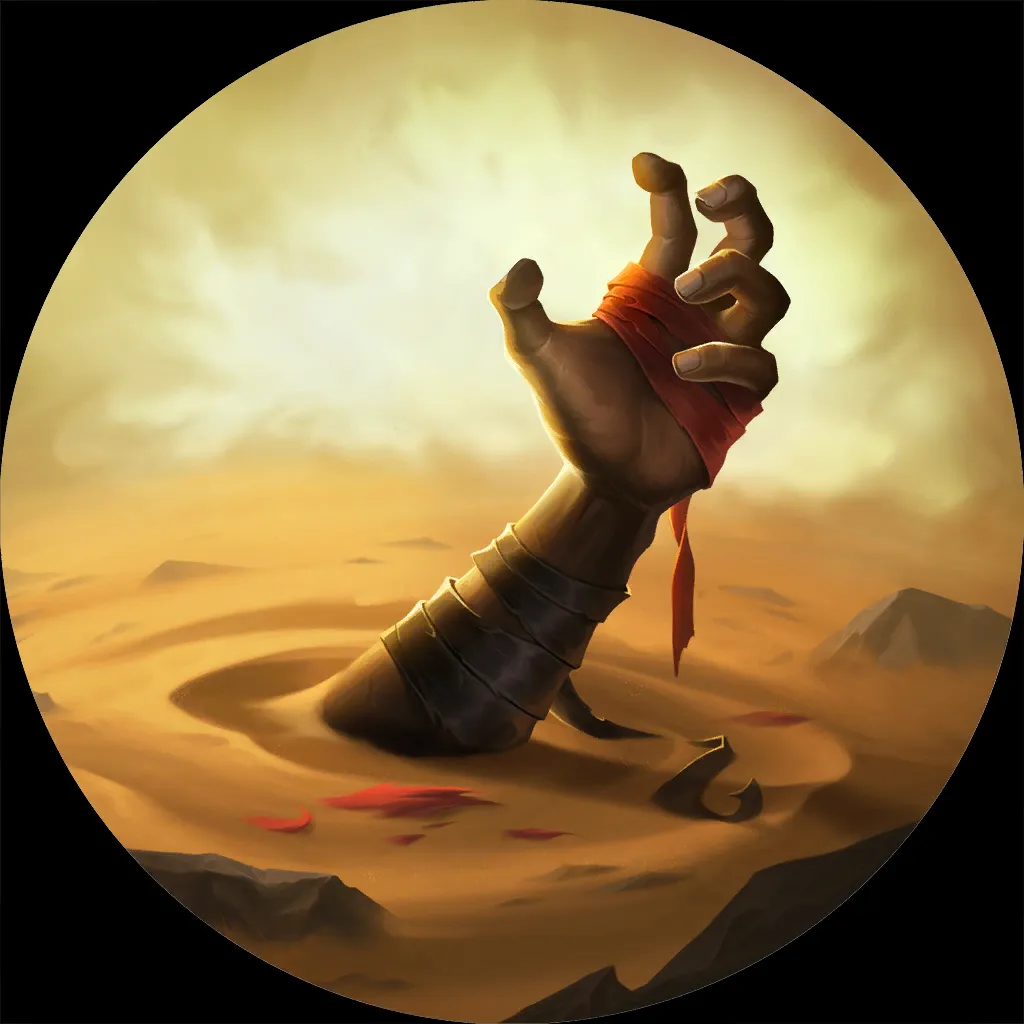
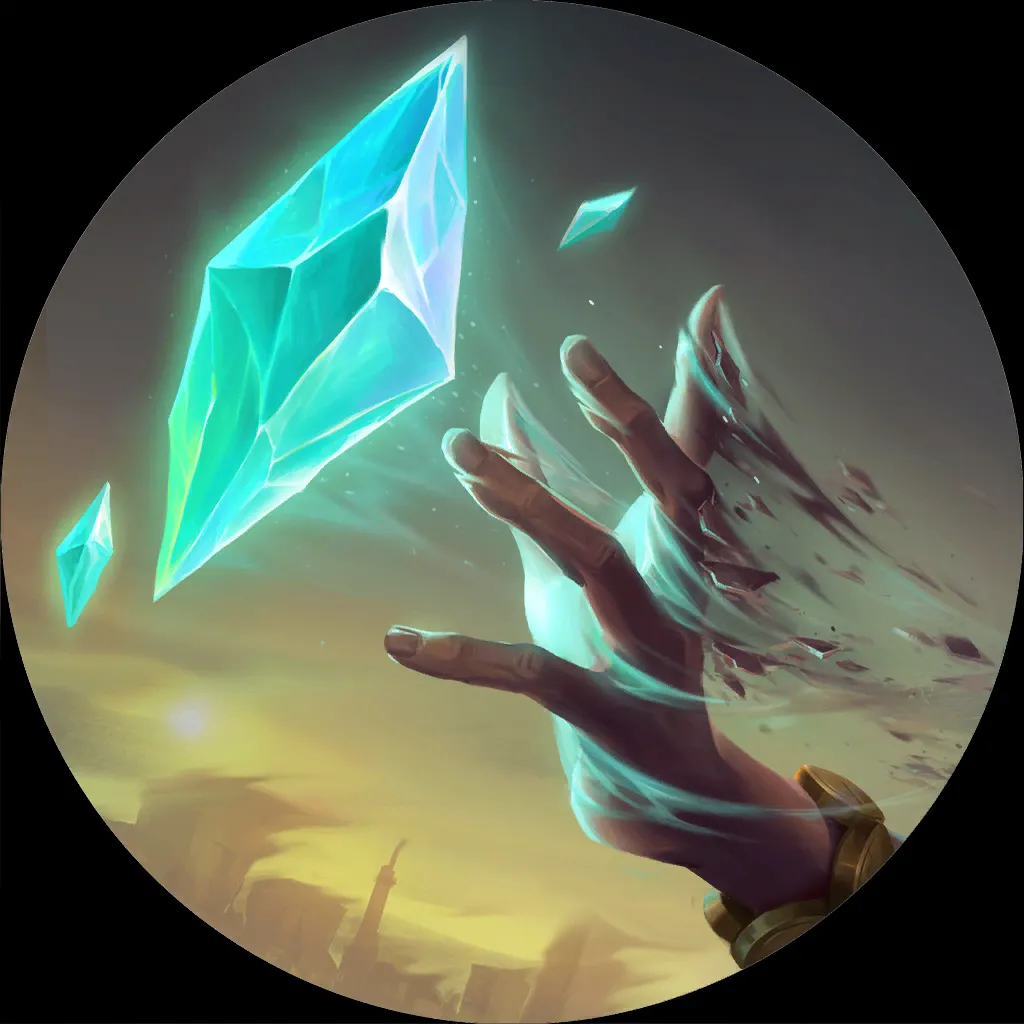
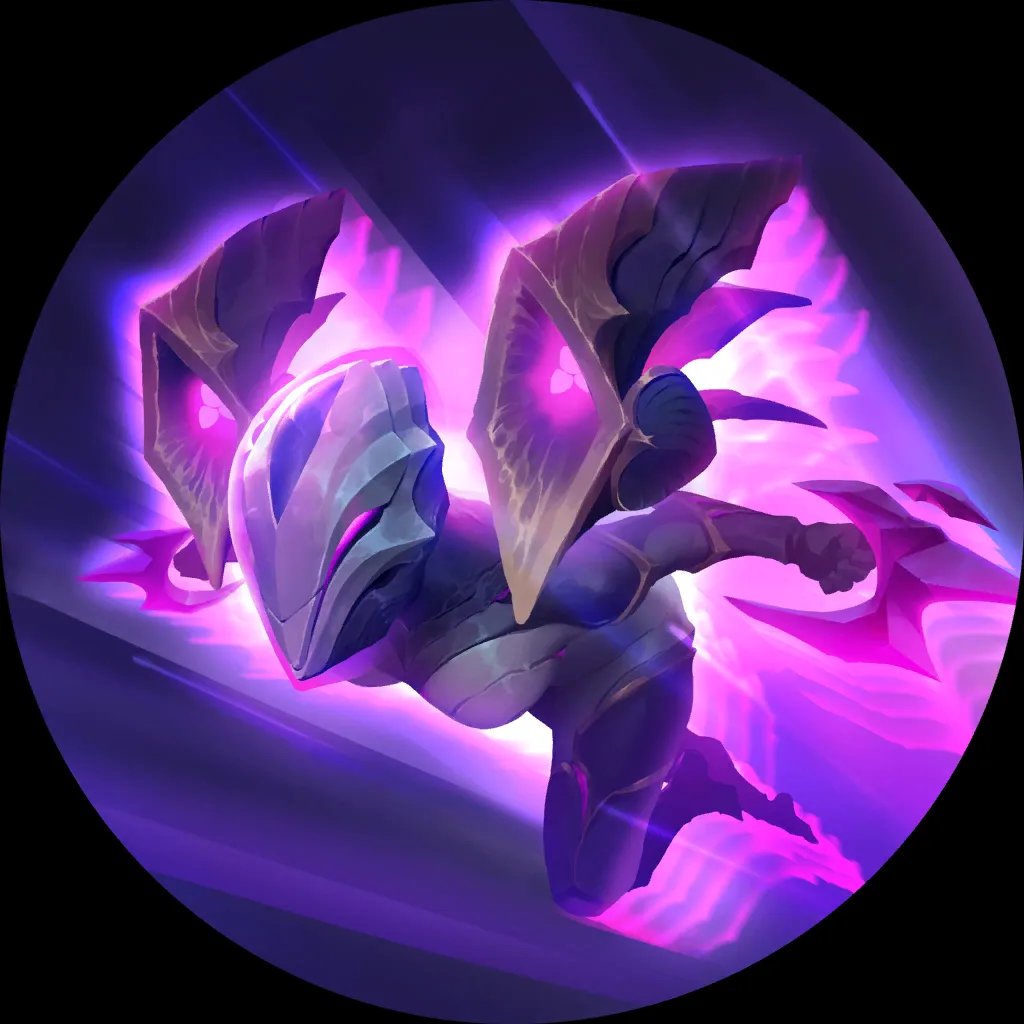
… and consider the boardstate below:
Our hand is the following:




Assuming our opponent is going to attack with their Void Blaster , should we use Arachnoid Sentry
, should we use Arachnoid Sentry to Stun it? Let’s break it down.
to Stun it? Let’s break it down.
If we Stun it now, we don’t have a Ravenous Flock to follow up to remove it, so at best we’re saving between two to four health depending on our block. So our round could be Arachnoid Sentry
to follow up to remove it, so at best we’re saving between two to four health depending on our block. So our round could be Arachnoid Sentry into Annie
into Annie , setting up an open attack next round – we attack for nine damage and they can block three.
, setting up an open attack next round – we attack for nine damage and they can block three.
Now, let’s say we decide to save the Stun for the next round. So instead of playing Arachnoid Sentry , we play Zap Sprayfin
, we play Zap Sprayfin for a Blue Card
for a Blue Card or Red Card
or Red Card , and let them swing for four.
, and let them swing for four.
The next round we have the attack Token and we develop Annie .
.
This is a surprisingly awkward position for the opponent. Ideally, they want to play Kai'Sa this turn; but if they do, we set up this aggressive Arachnoid Sentry
this turn; but if they do, we set up this aggressive Arachnoid Sentry , Stunning the Void Blaster
, Stunning the Void Blaster and attacking for 11, threatening to put them down to five health, or force a block out of Kai'Sa
and attacking for 11, threatening to put them down to five health, or force a block out of Kai'Sa – which they obviously don’t want to do, since then she will become vulnerable to our Ravenous Flock
– which they obviously don’t want to do, since then she will become vulnerable to our Ravenous Flock .
.
In this spot, if our opponent goes down to 5 health and is unable to end the game on his next attack turn, we are in a very advantageous position to win. If our opponent chooses to not play Kai'Sa this turn in order to play a blocker, then they might screw up their curve and open Kai'Sa
this turn in order to play a blocker, then they might screw up their curve and open Kai'Sa to being stunned on their attack turn instead. Both situations are equally awkward.
to being stunned on their attack turn instead. Both situations are equally awkward.
Had we go with the defensive Stun to prevent the attack from Void Blaster, and then played Zap Sprayfin on our attack round, our opponent could then gauge if one blocker is enough and might feel comfortable to block two damage, play Kai'Sa
on our attack round, our opponent could then gauge if one blocker is enough and might feel comfortable to block two damage, play Kai'Sa , and then try to end the game.
, and then try to end the game.
Takeaways

So what did we learn from these two scenarios?
1. Identify the matchup and consider health as a resource
If we can safely take a bit of damage knowing that the opponent’s deck has no Burn or Reach to close the game, we can leverage our health as a resource to snap back at our opponent.
2. Develop slowly into our attack turns.
The later we reveal that we have a Stun card in our hand, the more awkward we can make our opponent’s turns, especially if they can only play one unit on their round. In this current meta where midrange decks like Bard Illaoi
Illaoi or Kai'Sa
or Kai'Sa make up a good portion of the ladder, we can utilize their 4-drop into 5-drop curve to our advantage.
make up a good portion of the ladder, we can utilize their 4-drop into 5-drop curve to our advantage.
Now that we have the basics under our belt, let’s take it to the next level.
When Passing is both the best Offense and Defense
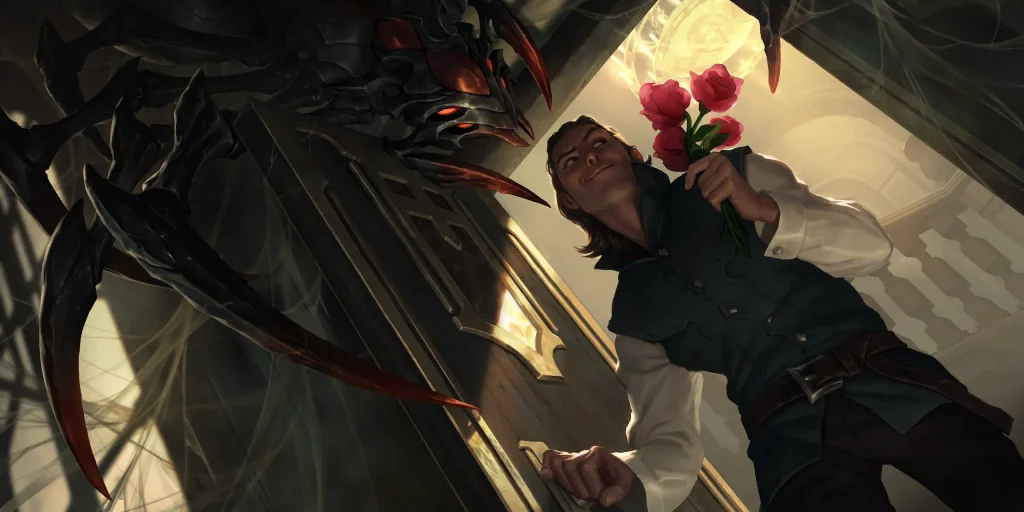
Now let’s consider another scenario against the same Kai'Sa Demacia deck. It’s our attack turn, but there are no units on the opponent’s side of the board.
Demacia deck. It’s our attack turn, but there are no units on the opponent’s side of the board.
We still have an Arachnoid Sentry in our hand, but without a target to stun, we would simply be playing a 3-mana 3/2. The most straightforward play in this scenario would be to open attack for four damage, and keep mana up to threaten removal for our opponent.
in our hand, but without a target to stun, we would simply be playing a 3-mana 3/2. The most straightforward play in this scenario would be to open attack for four damage, and keep mana up to threaten removal for our opponent.
I see this play pattern a lot, and I don’t quite like it. In the grand scheme of things, four damage is probably not winning you the game right there. If you were attacking for 8+ damage, then understandable, it's better to cash in the damage than risk our opponent ending the Round; but only four damage is too little.
Again, let’s think. Our opponent wants to play Kai'Sa this round. If we simply attack, we give them a whole turn to play Kai'Sa
this round. If we simply attack, we give them a whole turn to play Kai'Sa , and there is no guarantee that we are able to remove her if they also have Ancient Hourglass
, and there is no guarantee that we are able to remove her if they also have Ancient Hourglass .
.
If, instead, we pass while keeping up our attack token, we will put our opponent in a similarly awkward spot as before. If they play Kai'Sa , we play Arachnoid Sentry
, we play Arachnoid Sentry , and swing in for seven damage. If they don’t play Kai'Sa
, and swing in for seven damage. If they don’t play Kai'Sa now, it can be Stunned when they play her next round.
now, it can be Stunned when they play her next round.
If our opponent decides to take the pass and play Kai'Sa on Round six instead, we still have Arachnoid Sentry
on Round six instead, we still have Arachnoid Sentry up to stop their entire turn. Maybe we can continue to develop our board and set up for a really good open attack, while our opponent has spent all their mana.
up to stop their entire turn. Maybe we can continue to develop our board and set up for a really good open attack, while our opponent has spent all their mana.
By passing instead of attacking, we potentially slow down our opponent’s gameplan without sacrificing any of our strong Tempo plays, all because we are thinking aggressively with our Stun cards.
So here’s what we have for our third and final takeaway.
3. Sometimes giving up our Attack Token can snowball our advantageous position even further
Wrapping Up

Congratulations! You’ve made it to the end of the article. I hope it has helped you perceive different play patterns that utilize Stun cards to their fullest capabilities.
Let me know if you have any questions! You can find me here:
Discord: Jasinsane #0246
Twitter: https://twitter.com/Jasensational
Youtube: youtube.com/c/Jasensational



